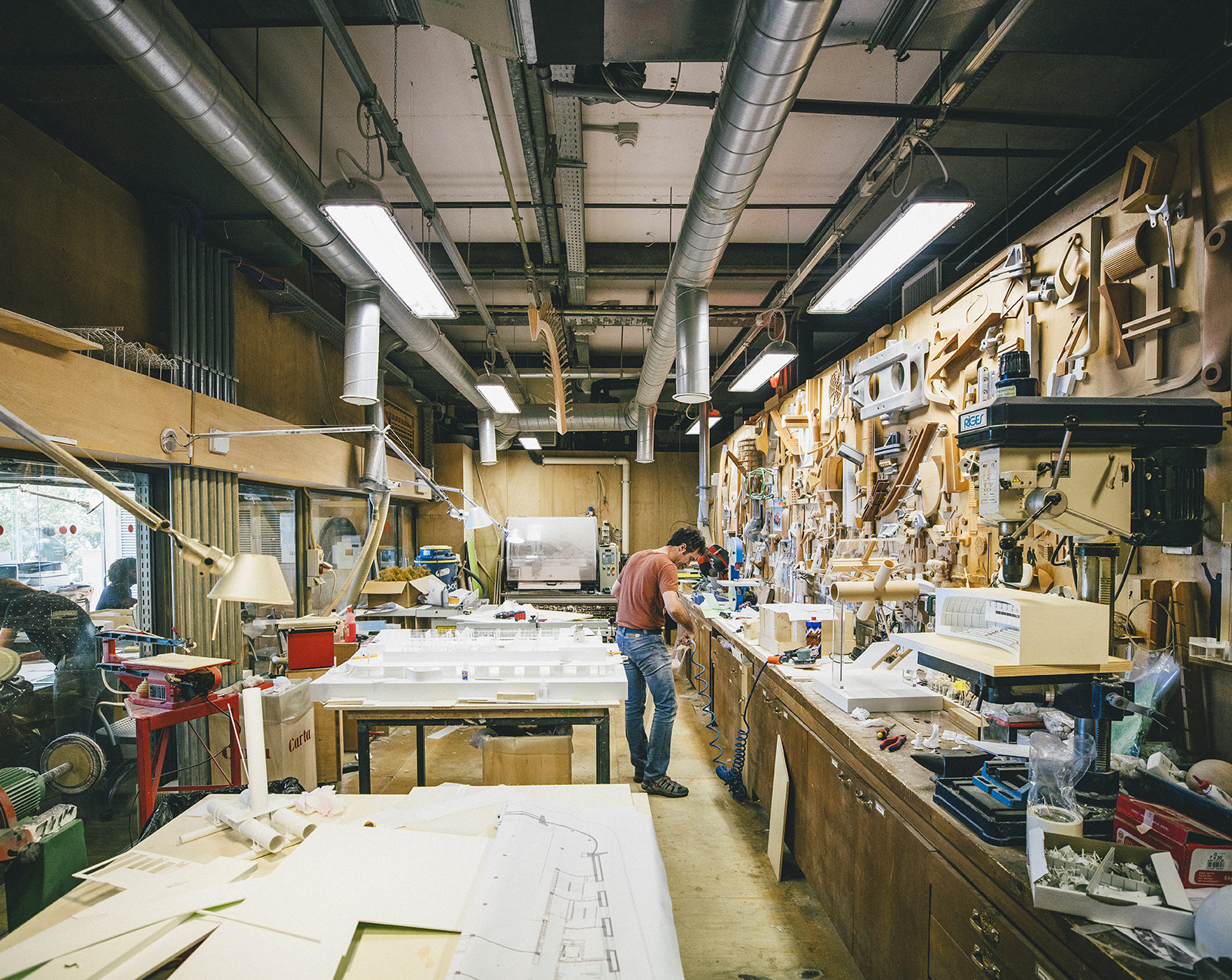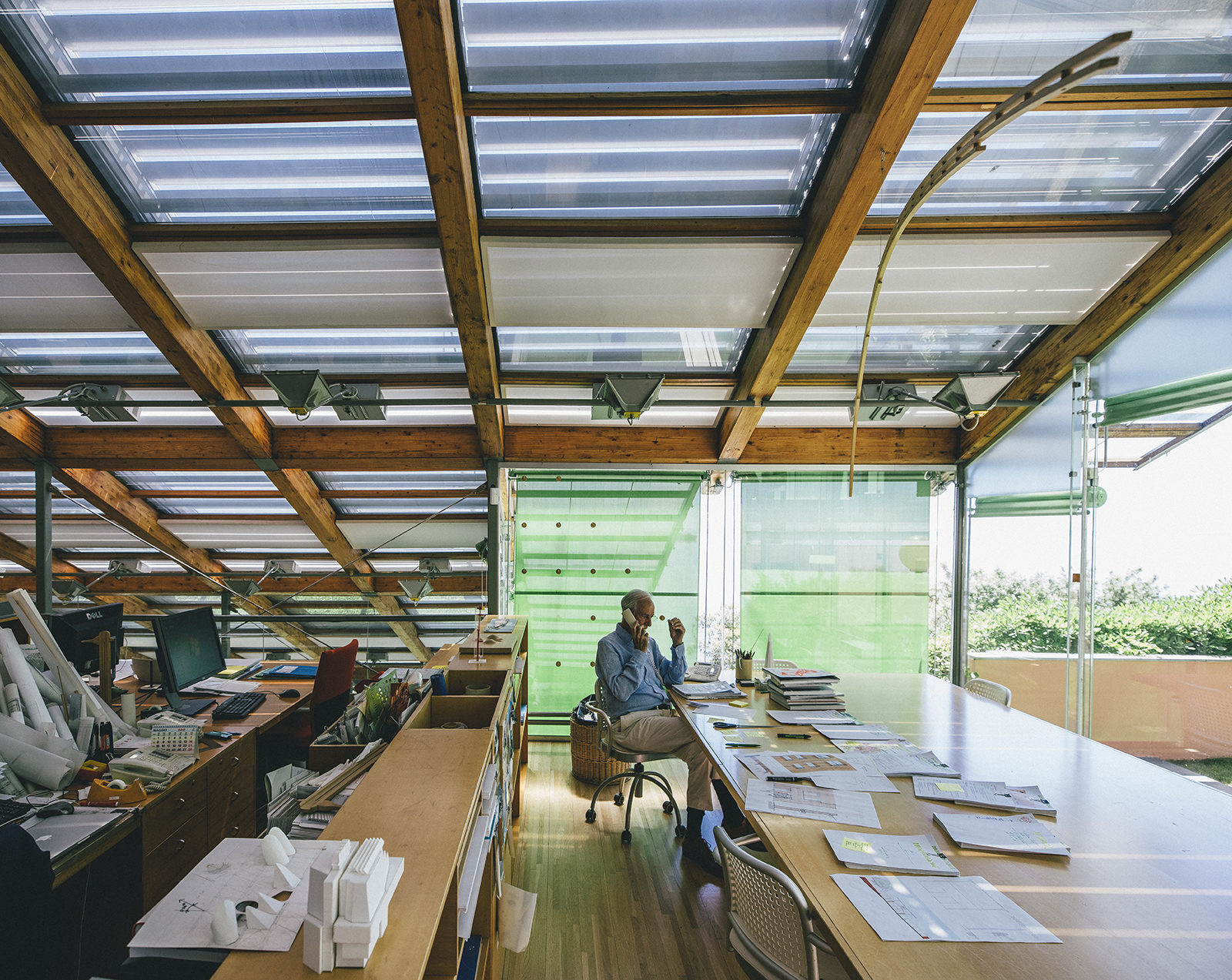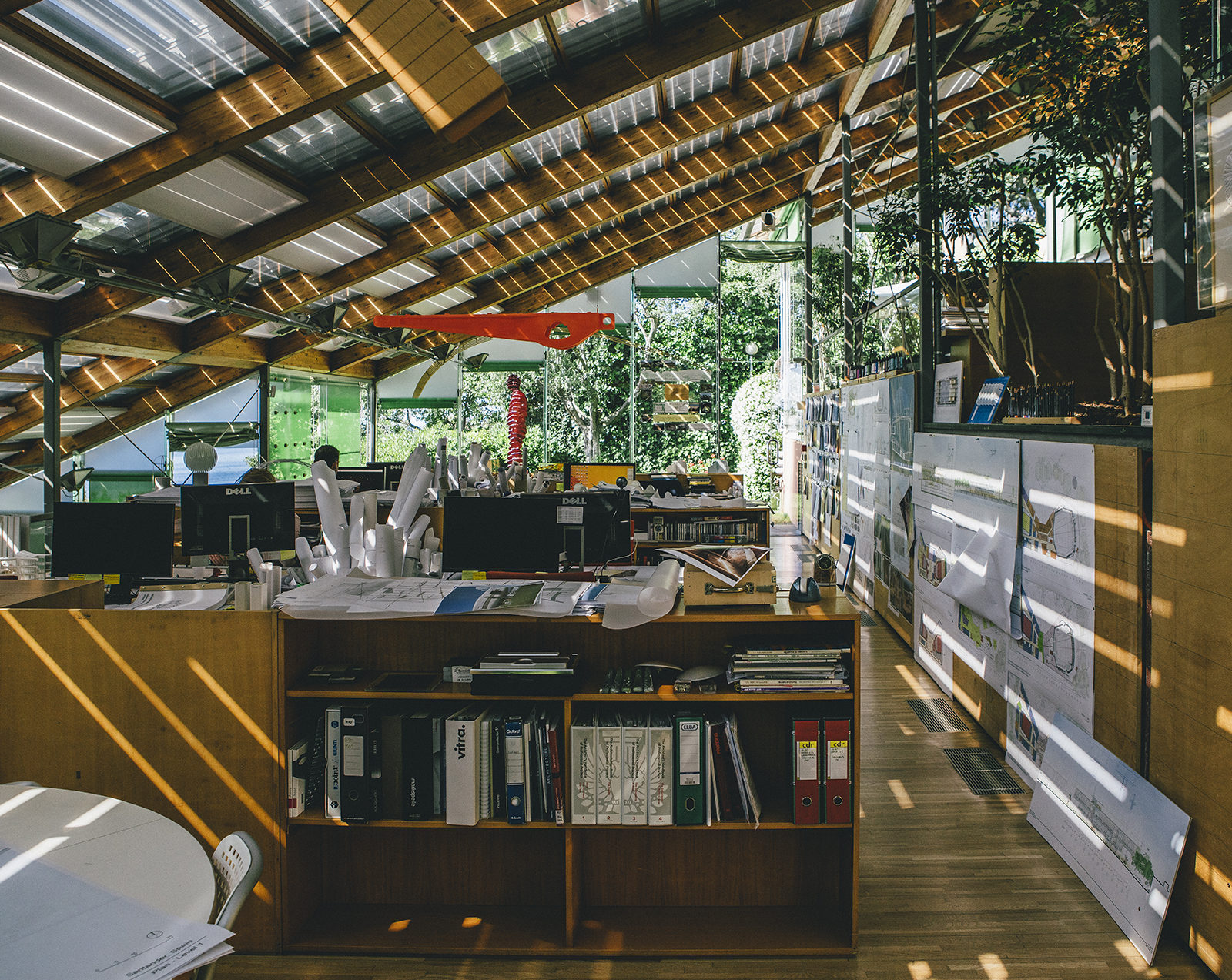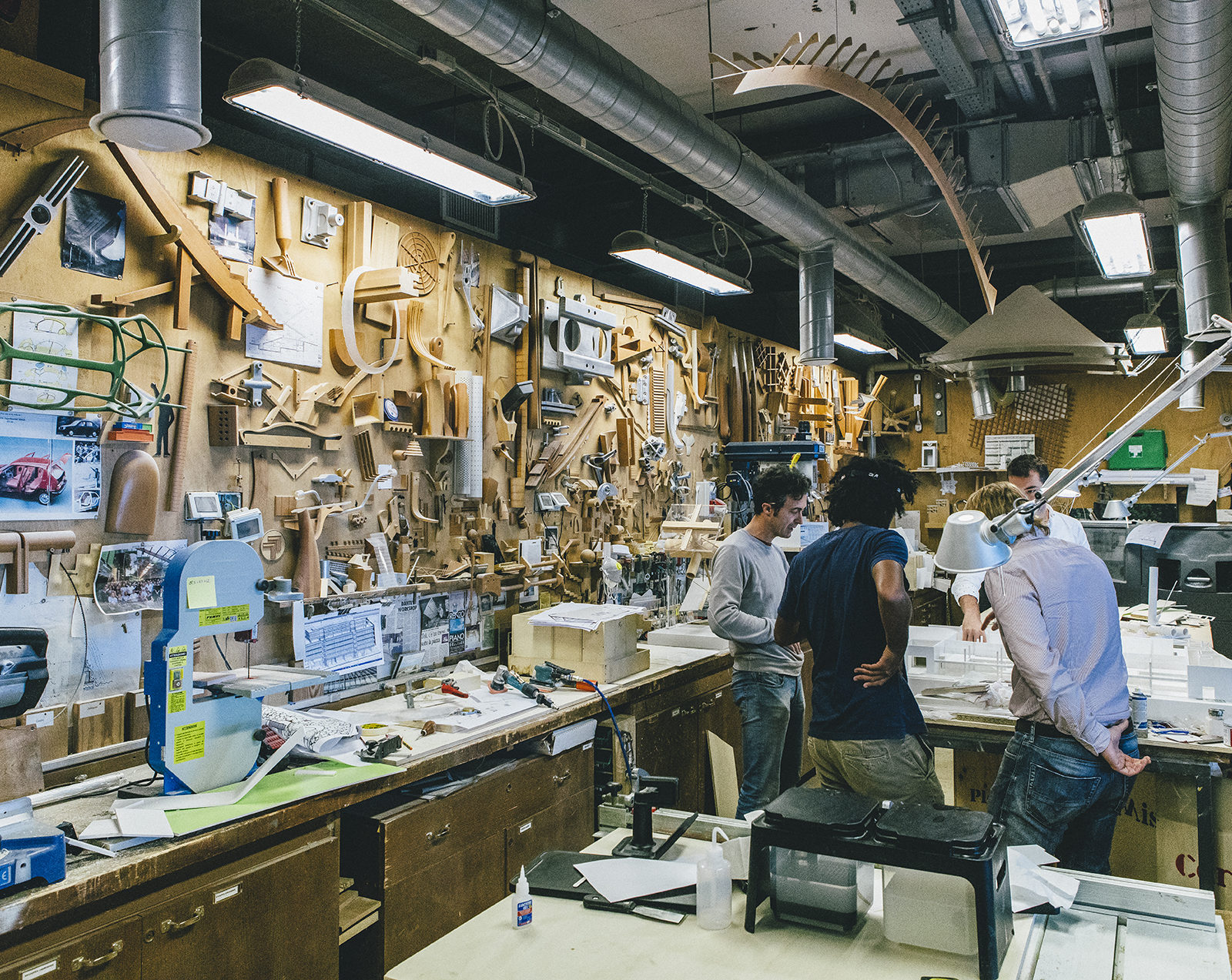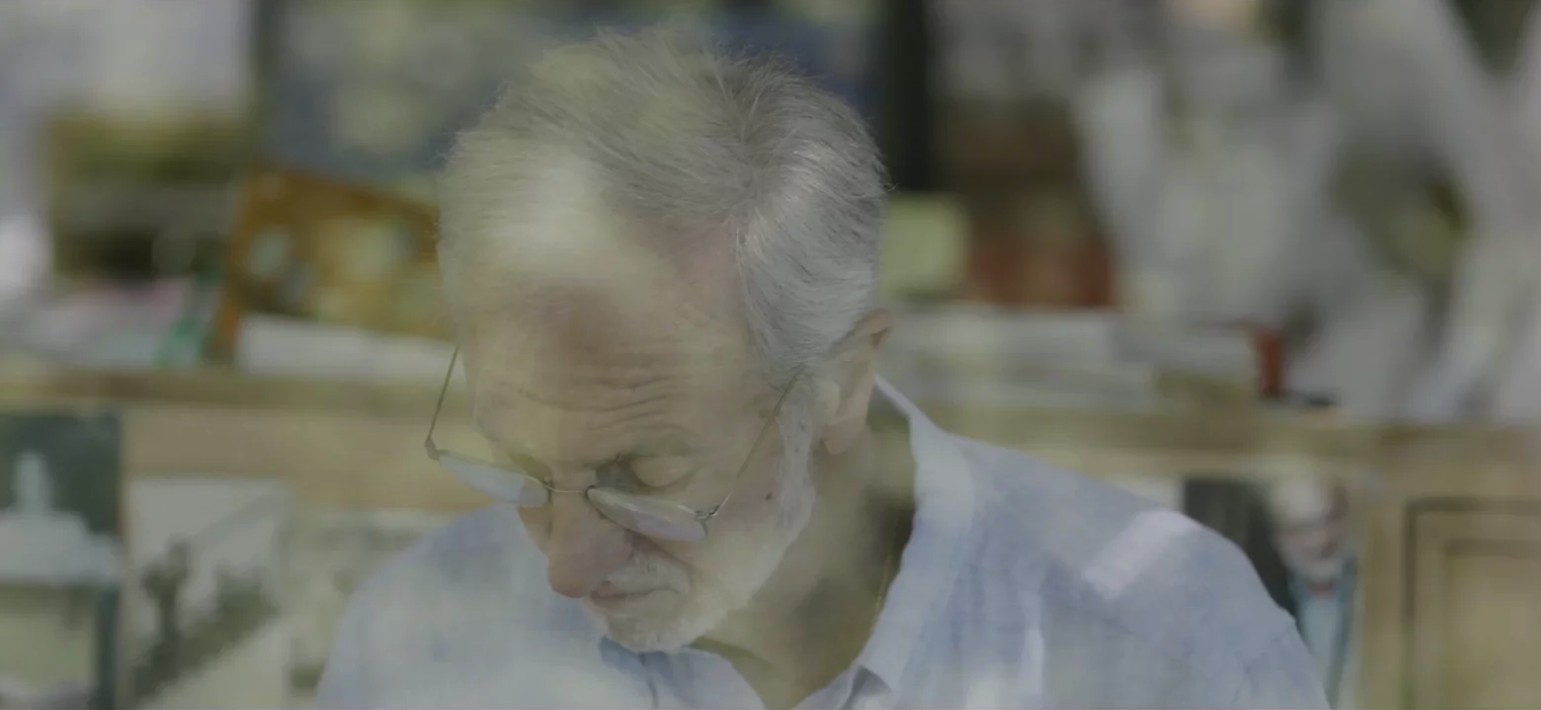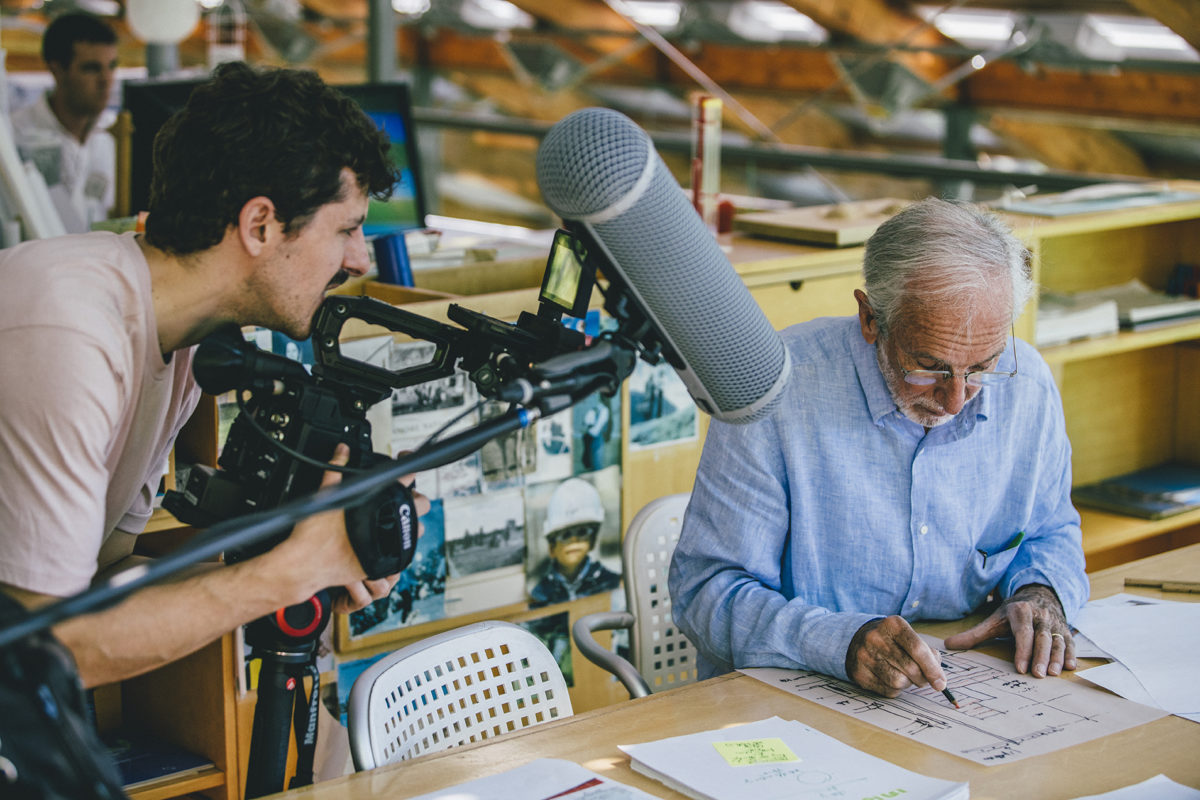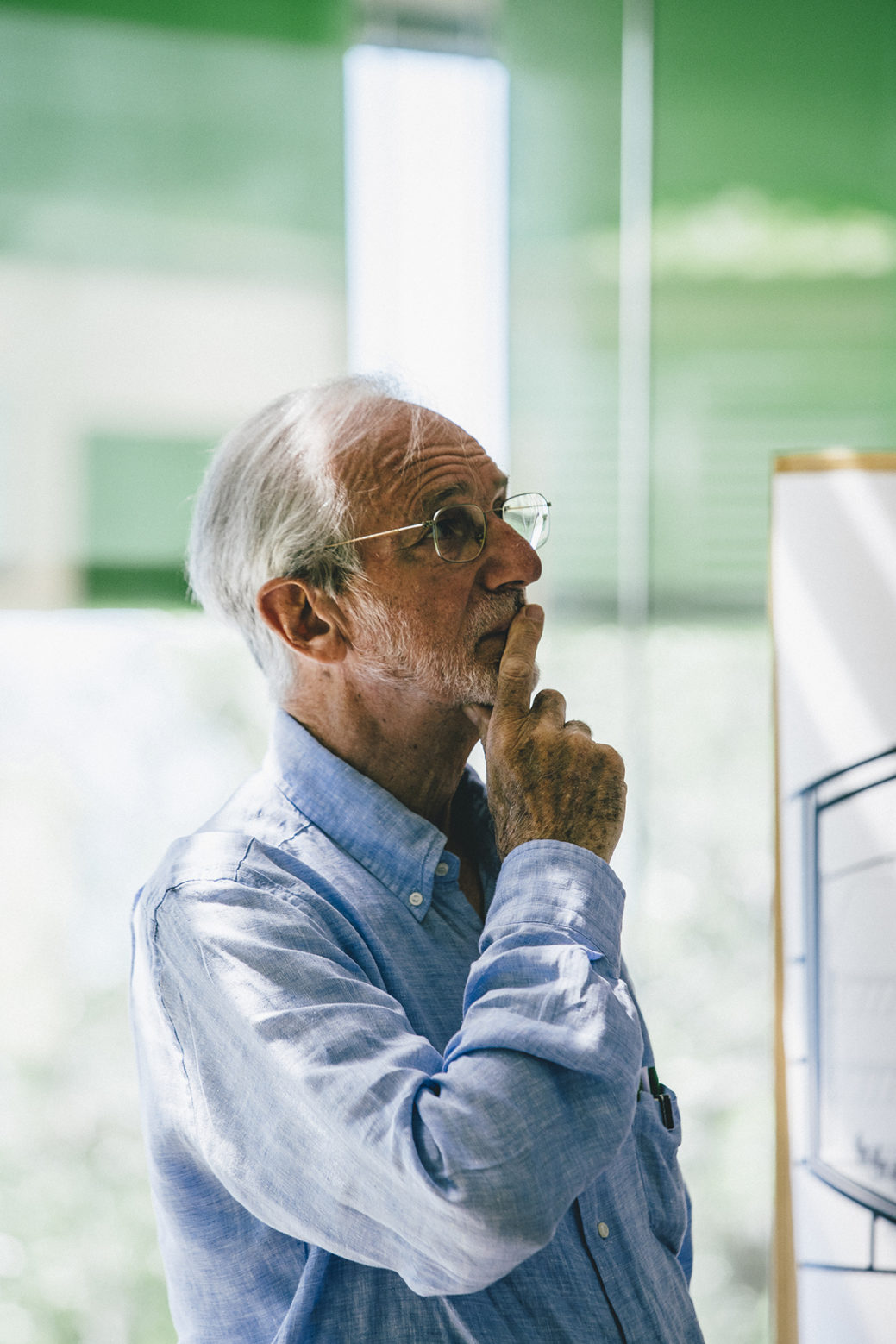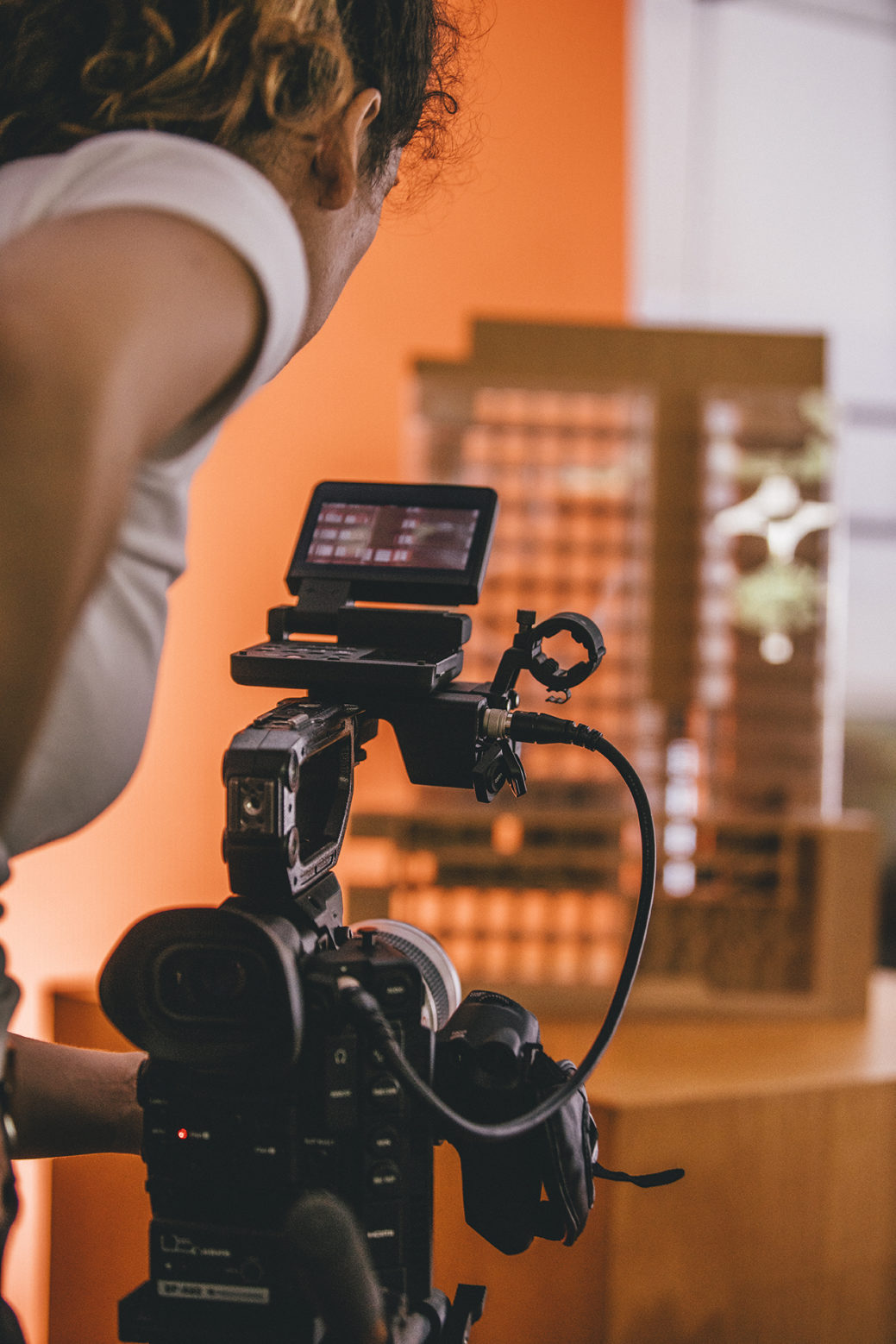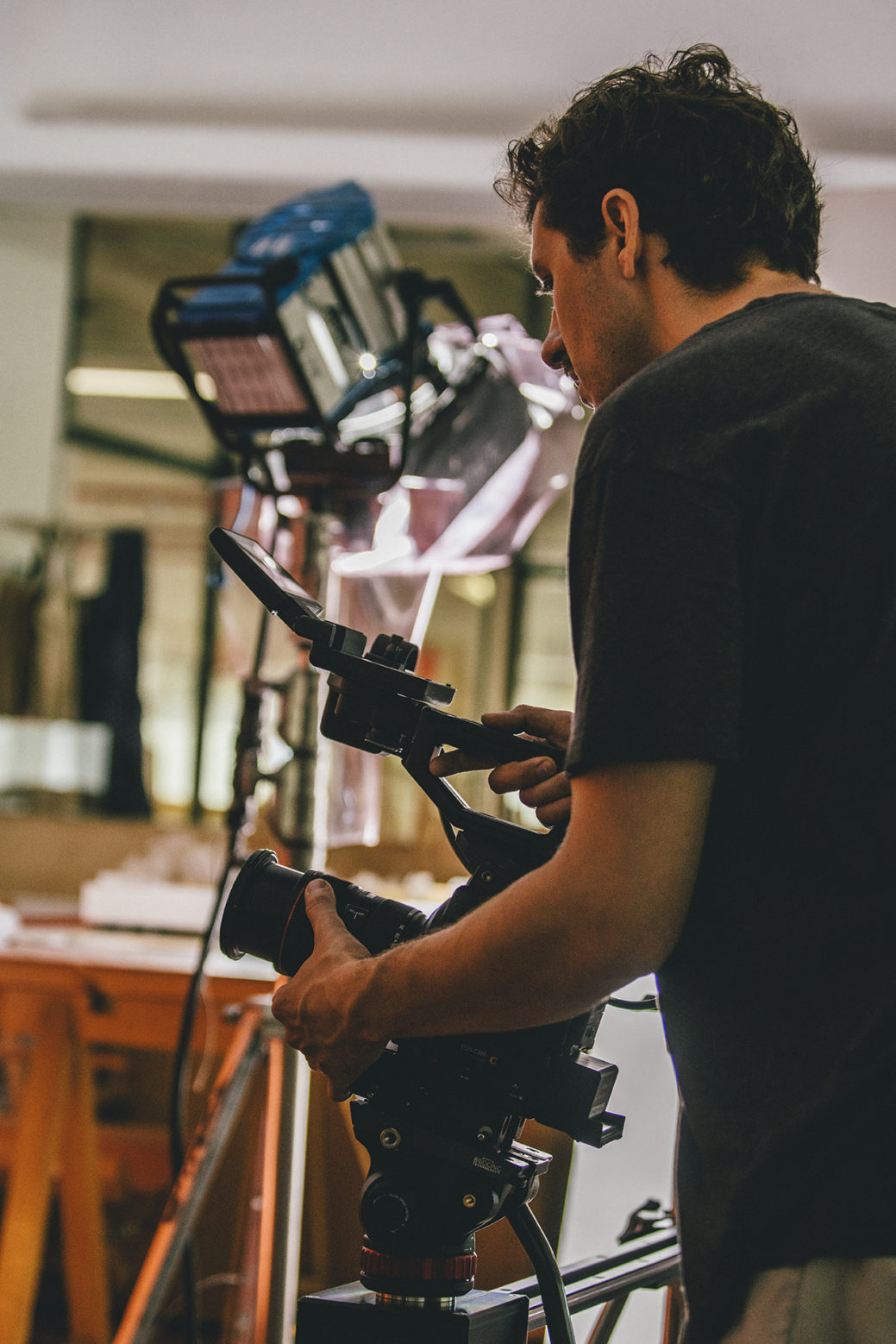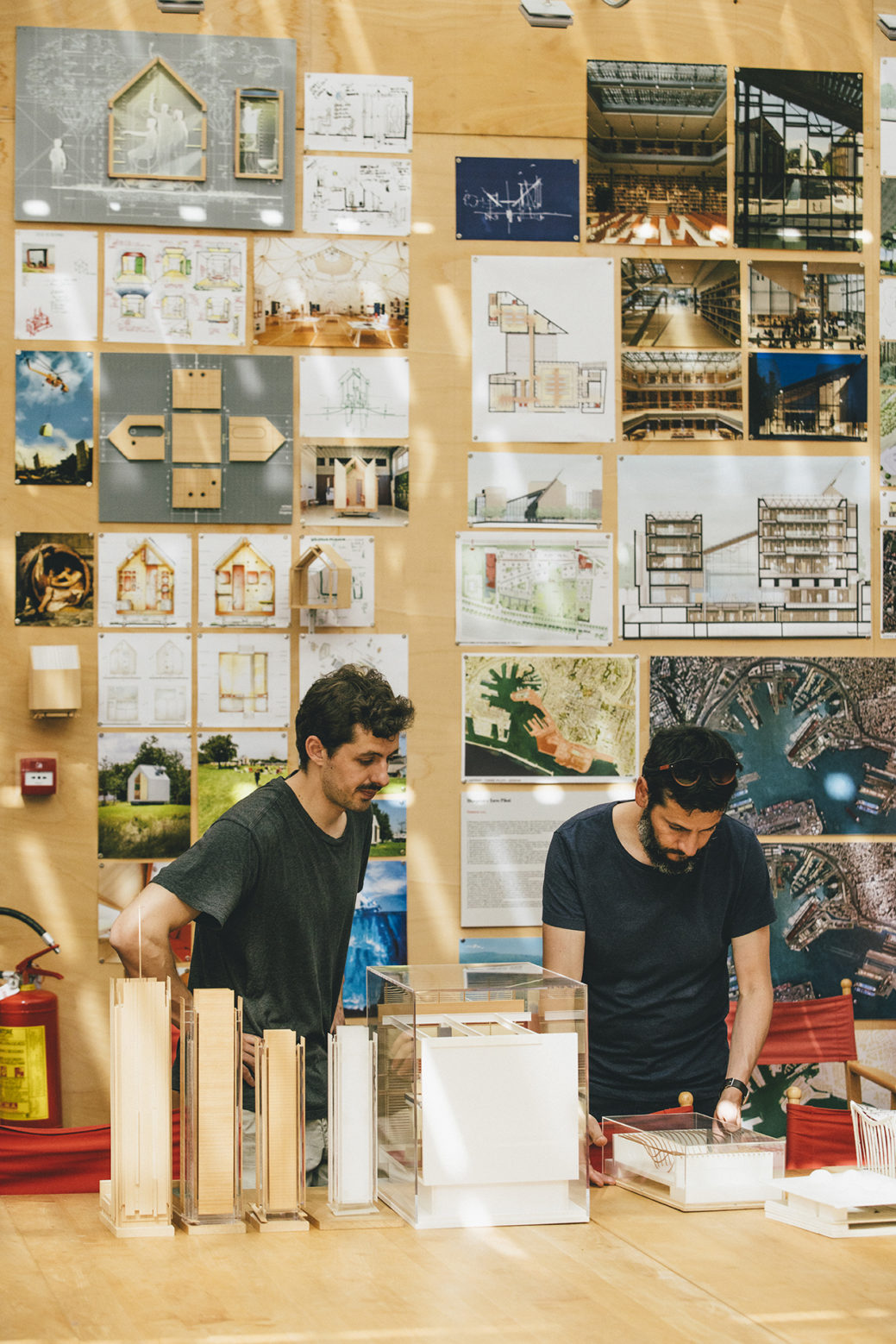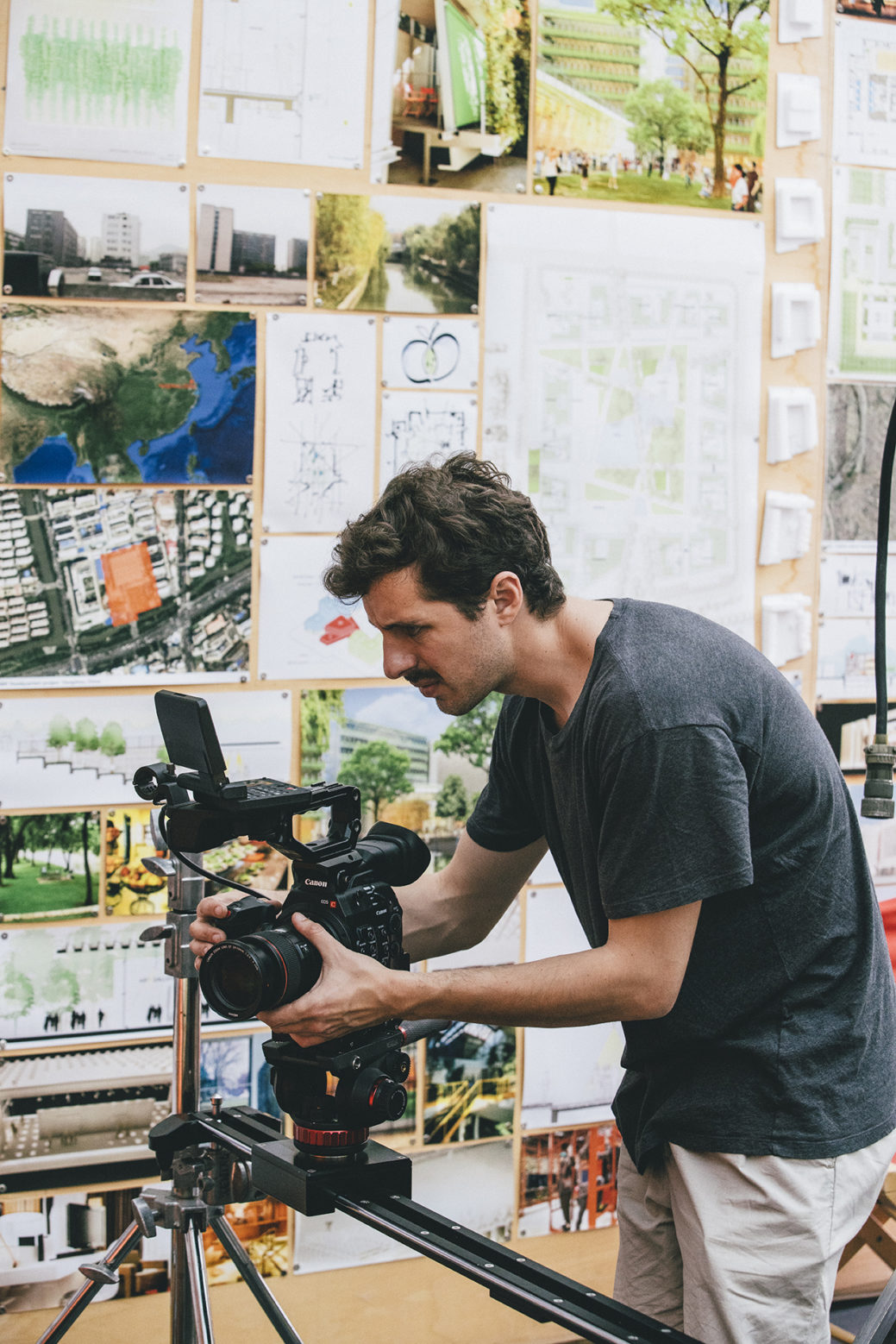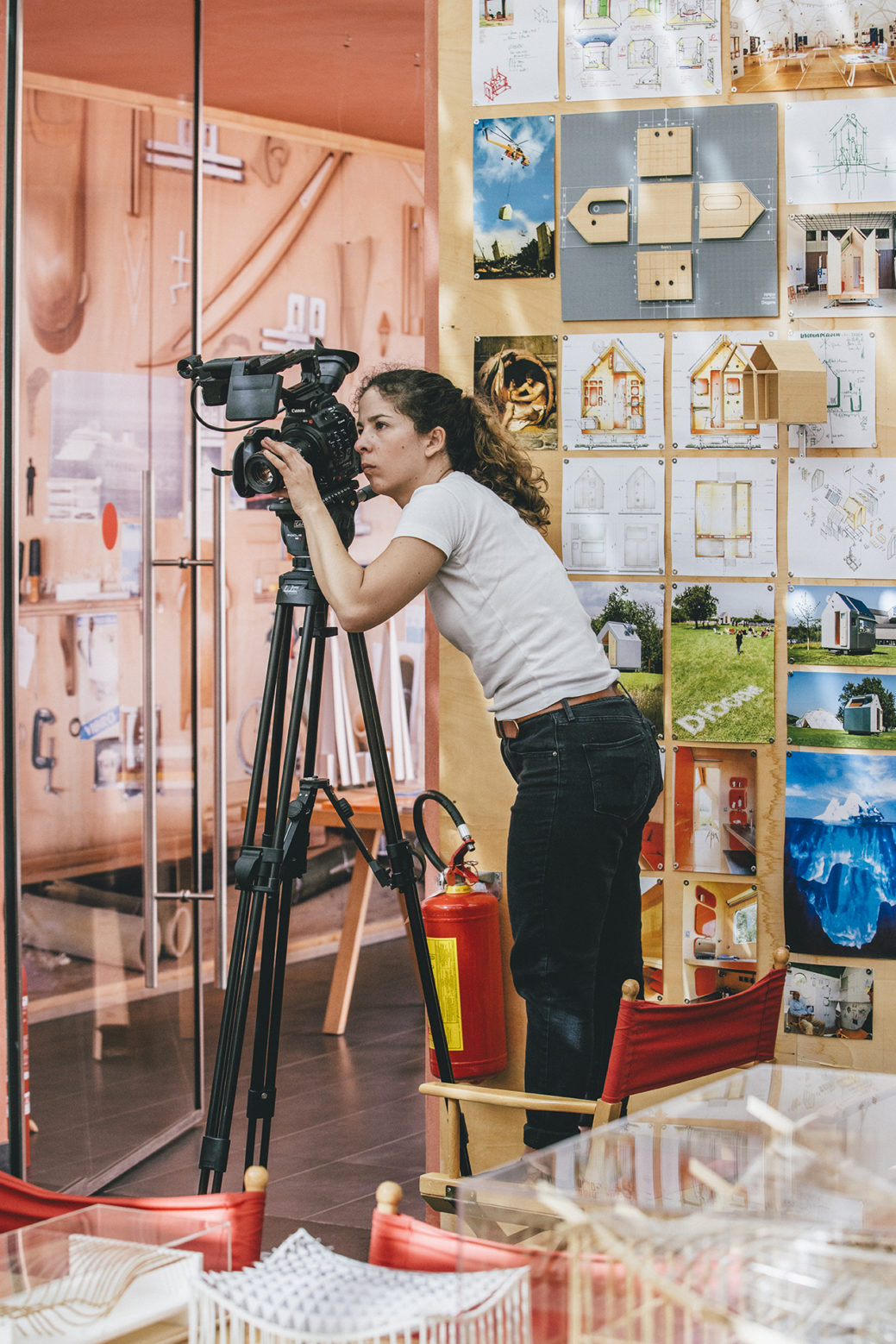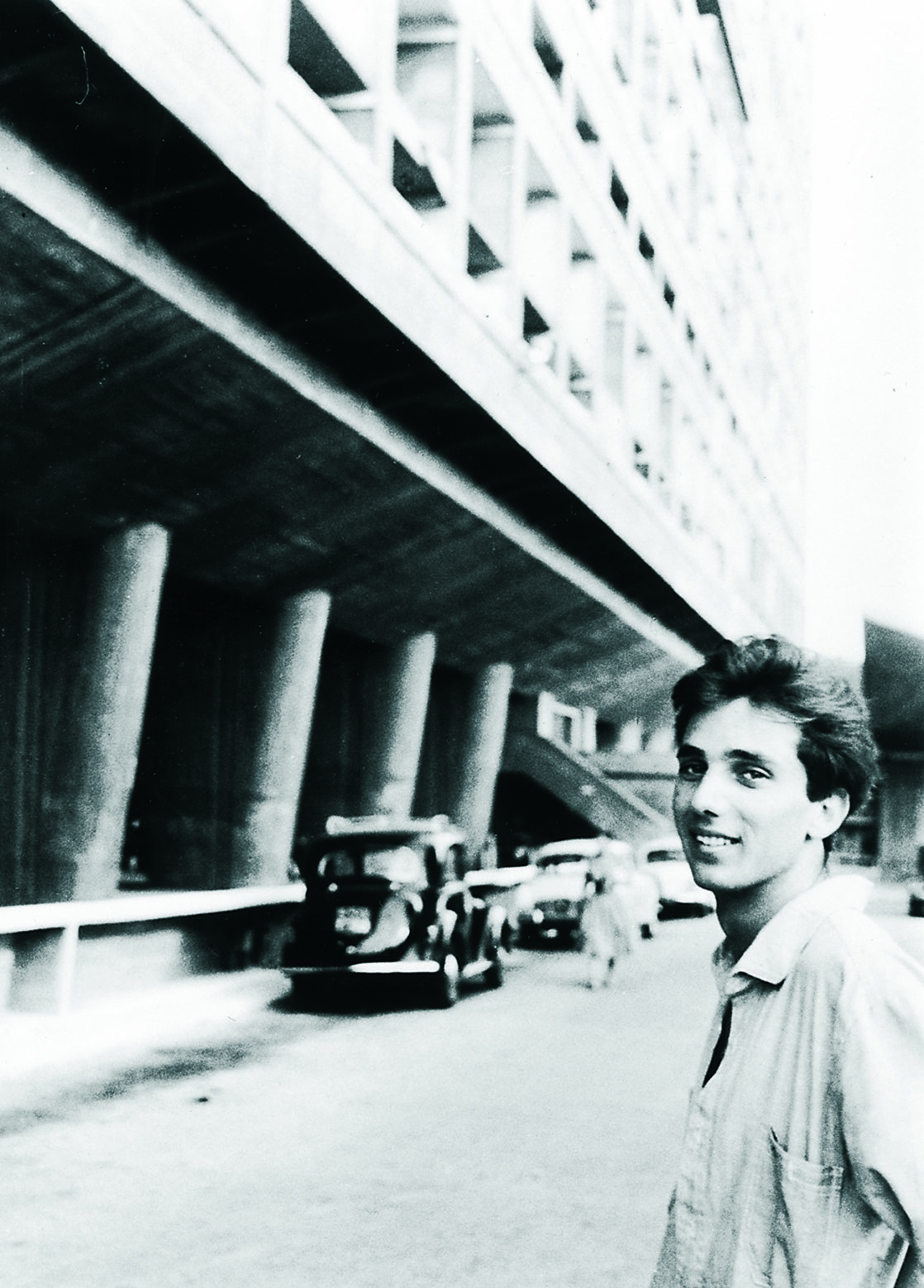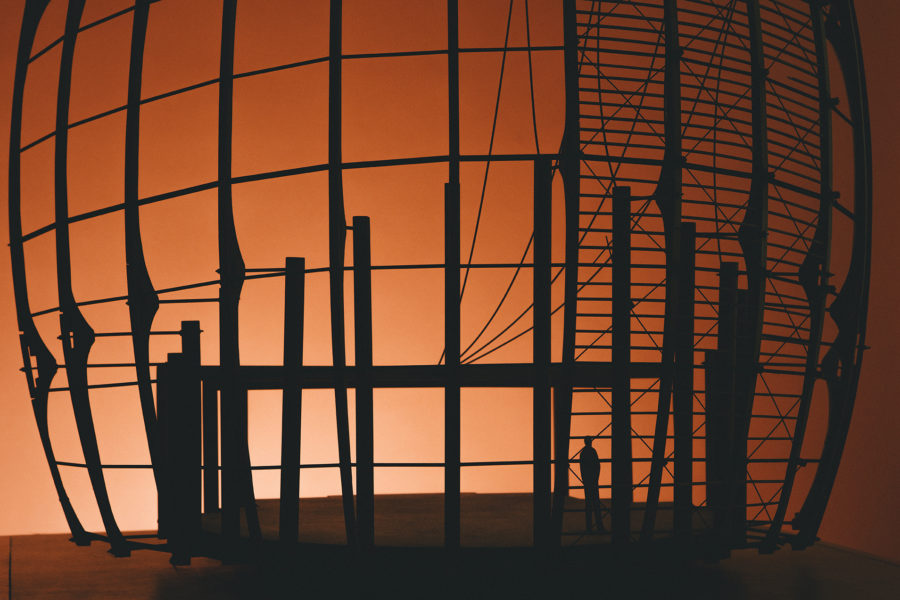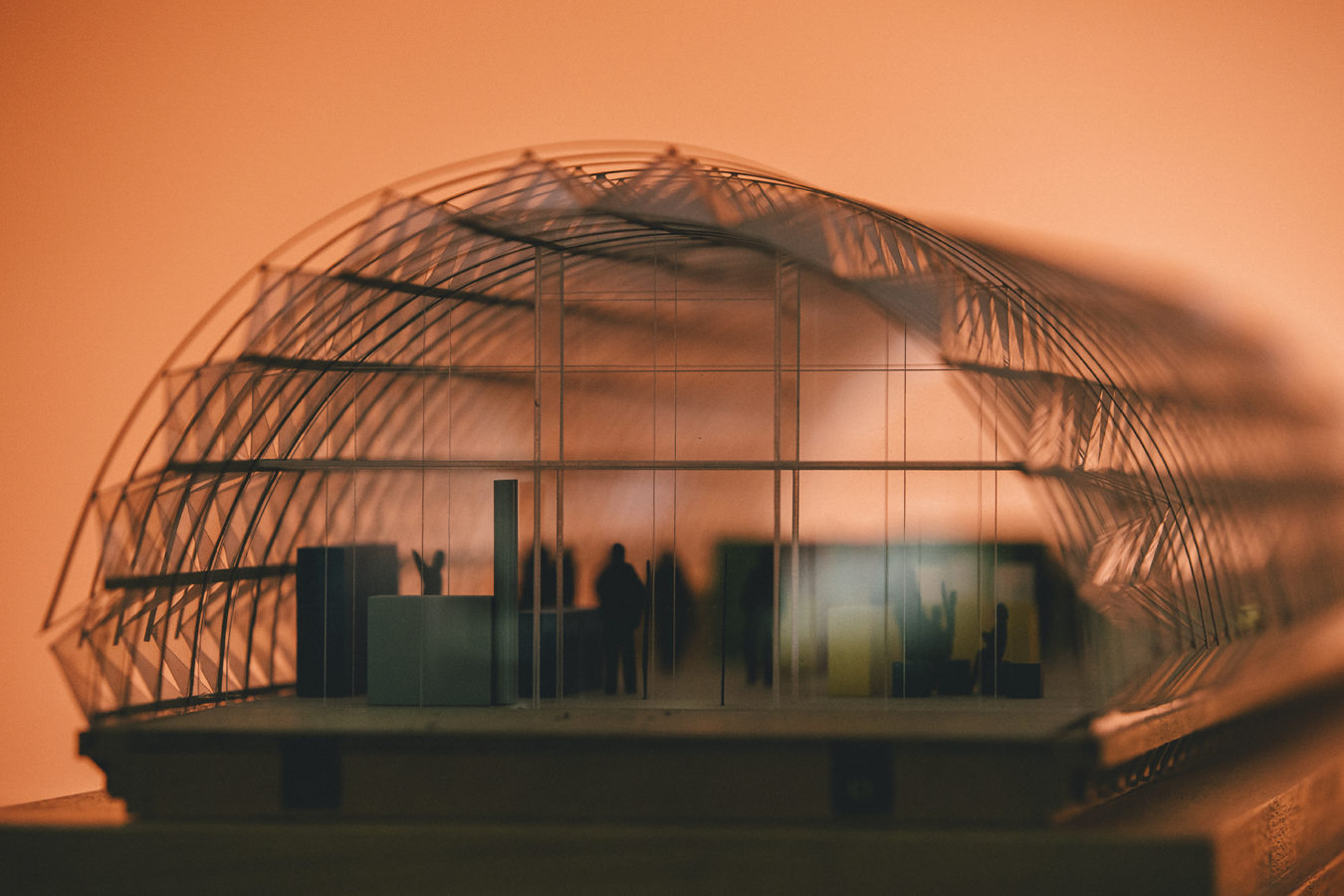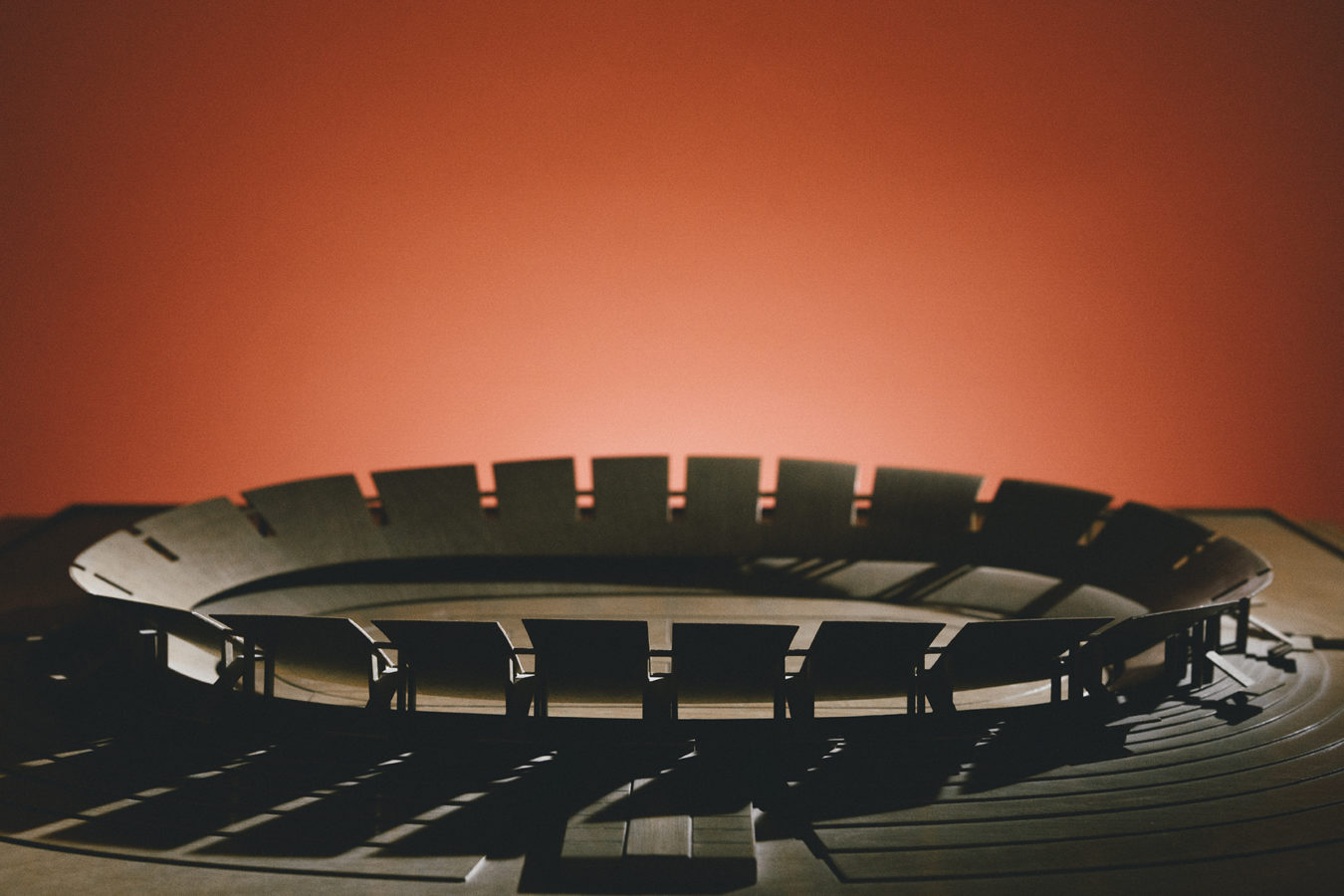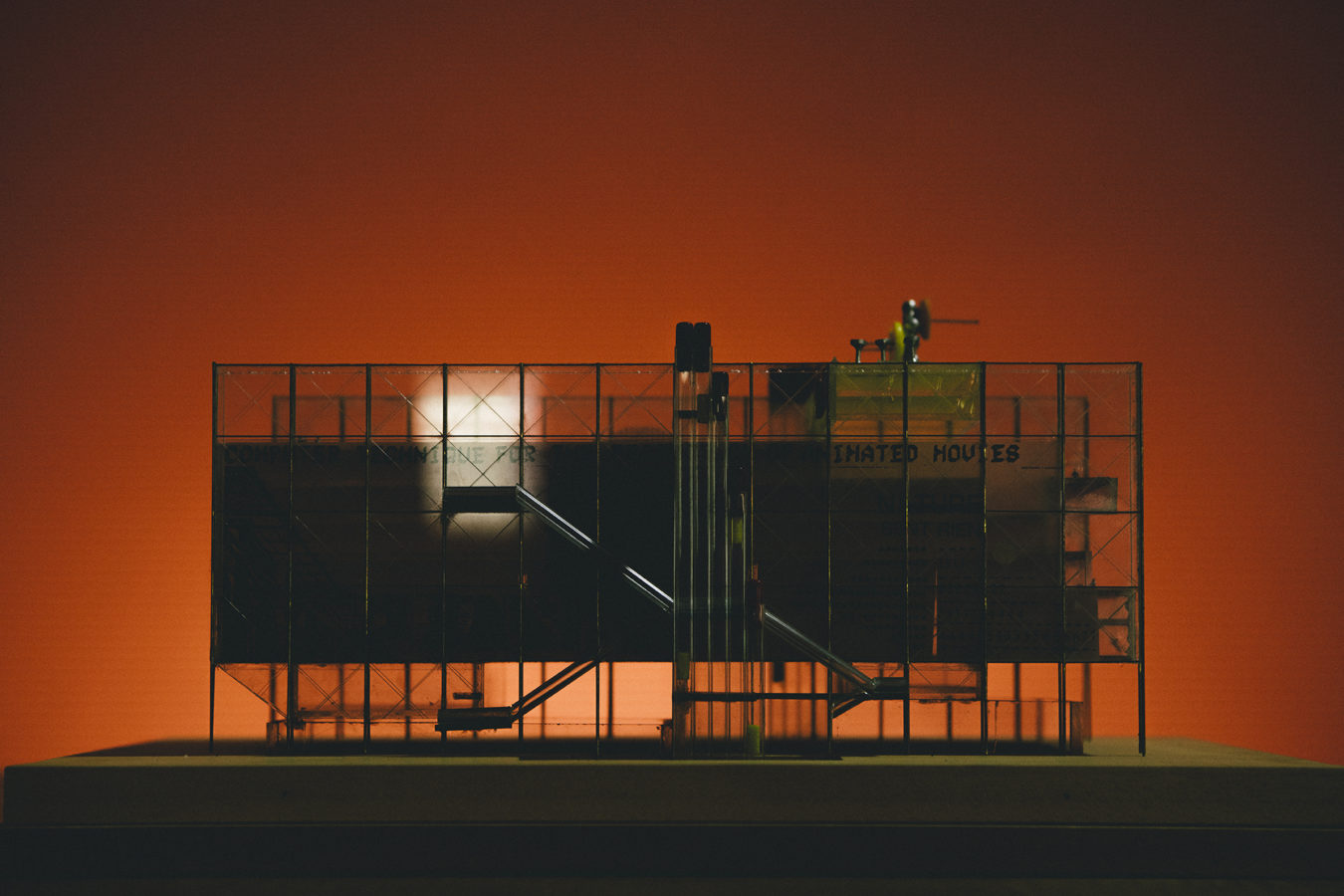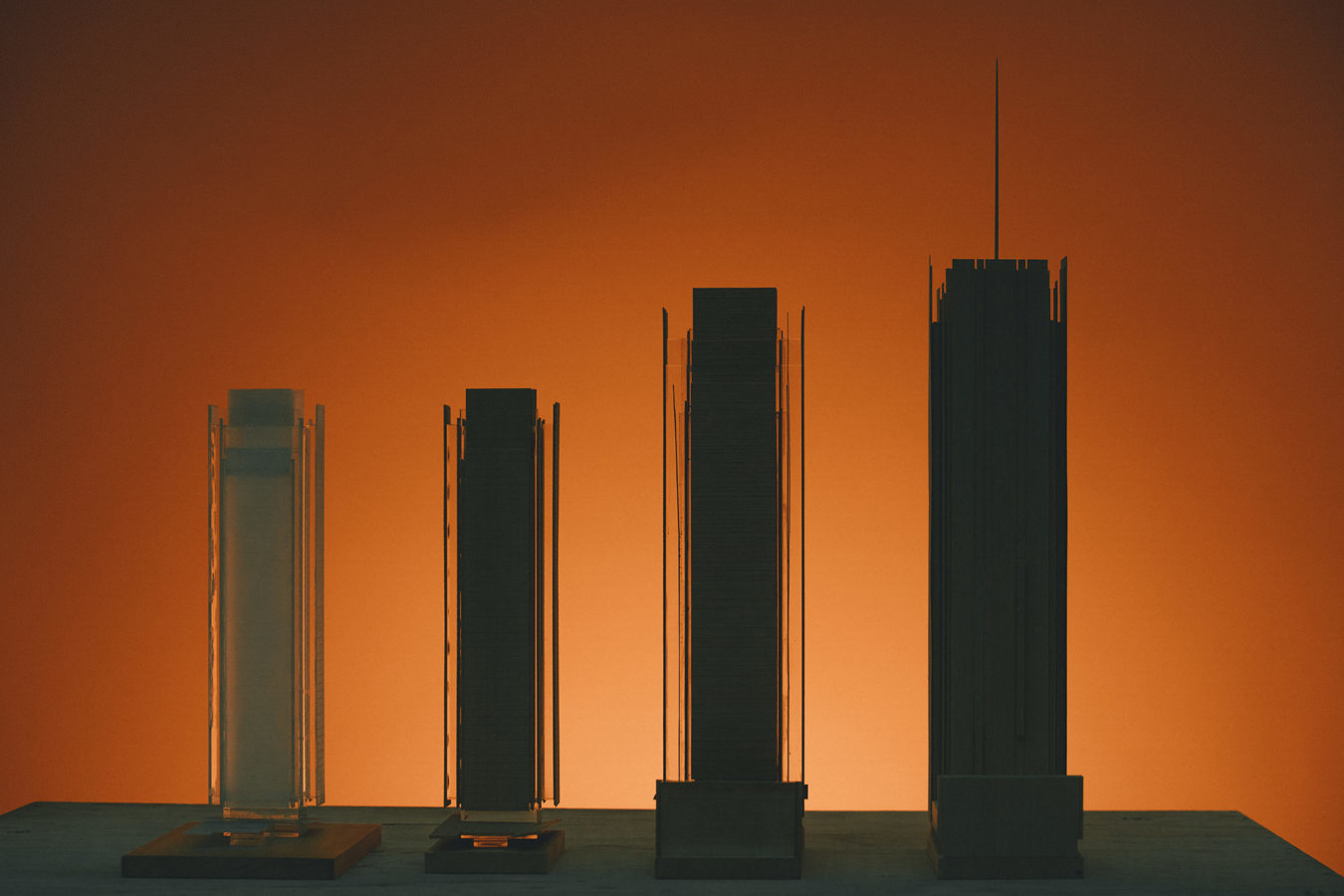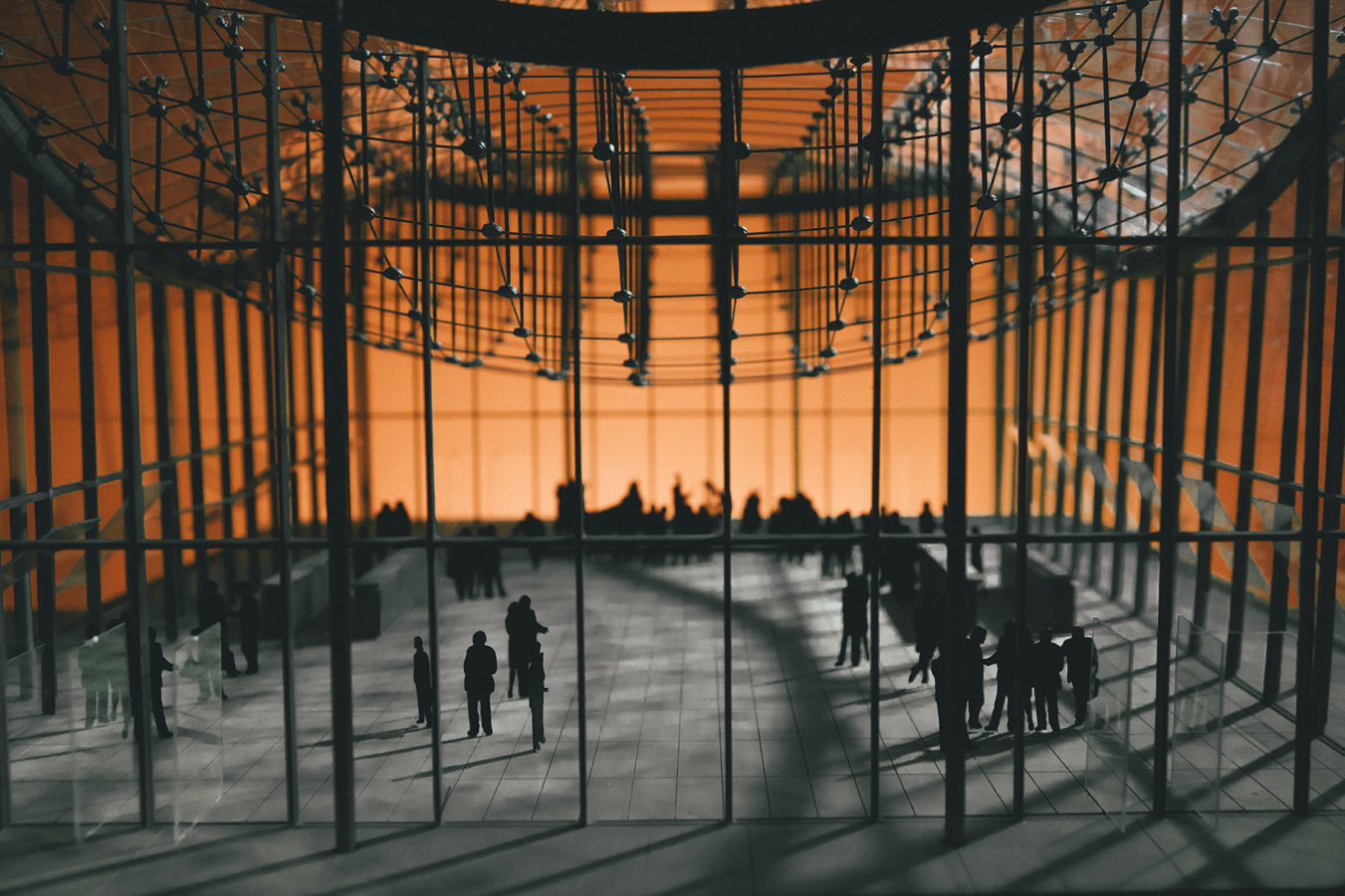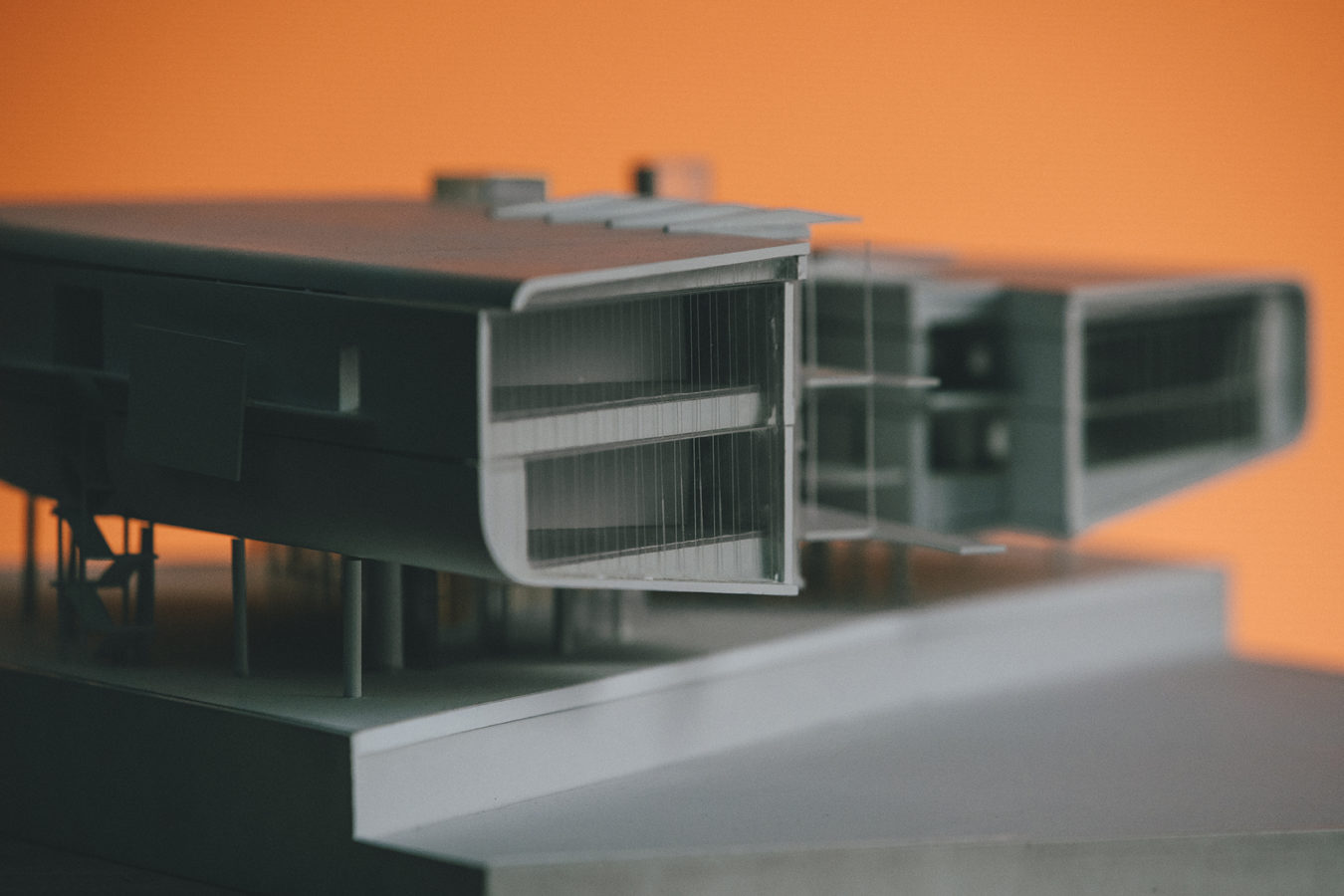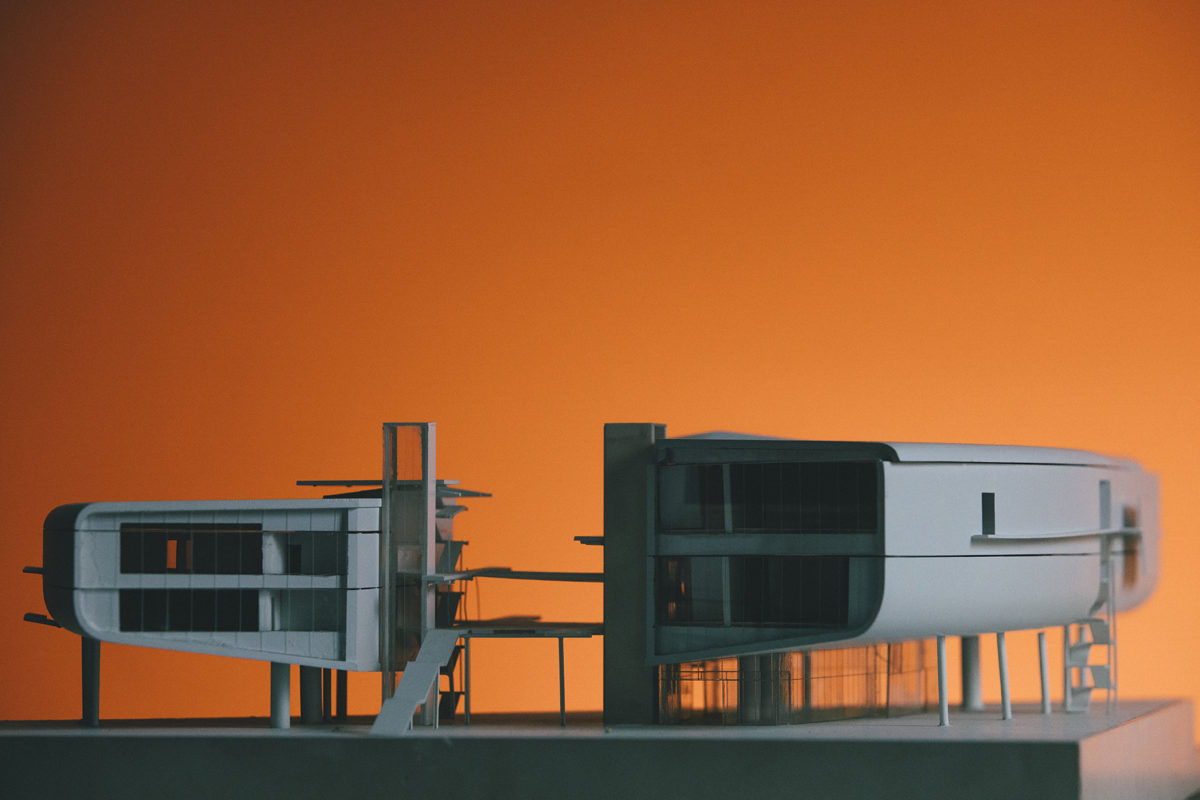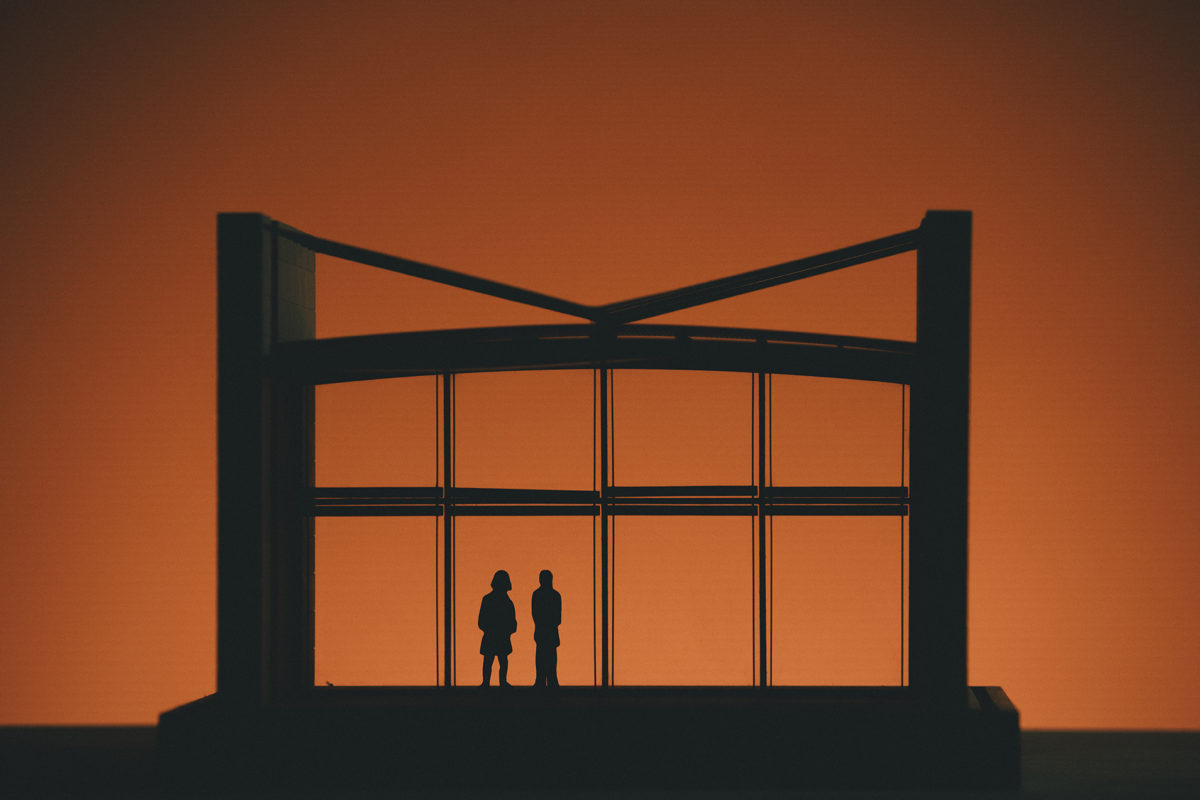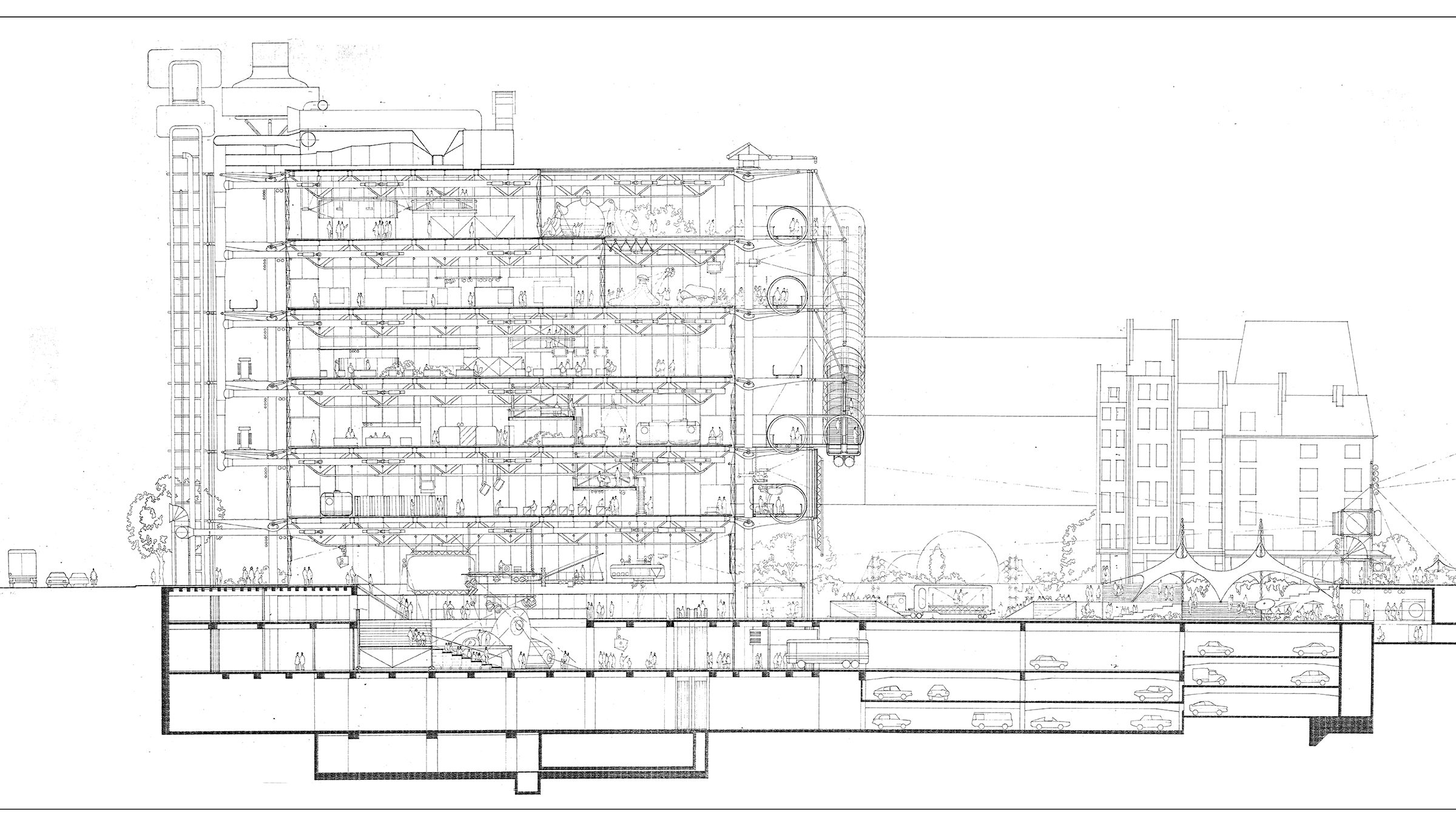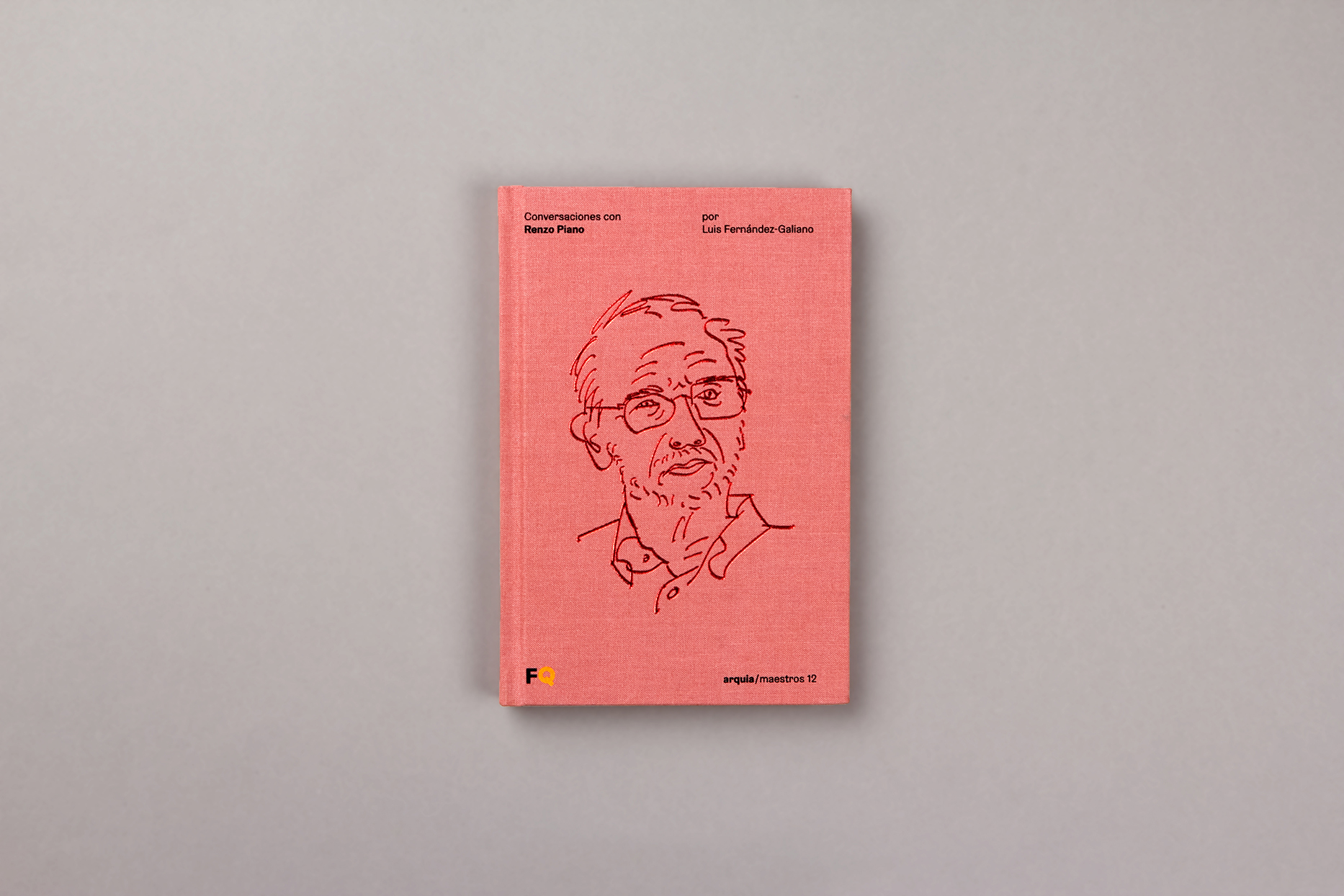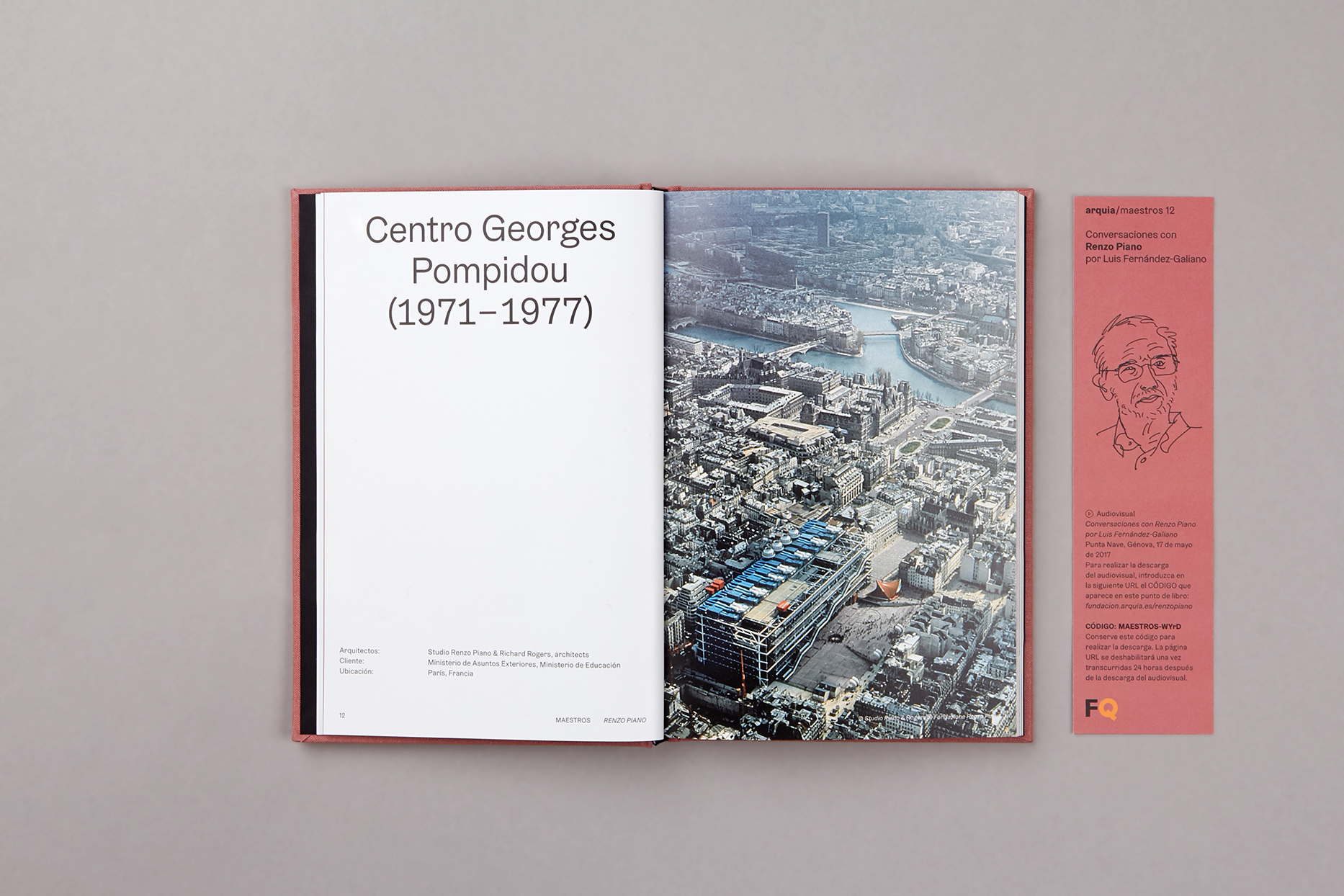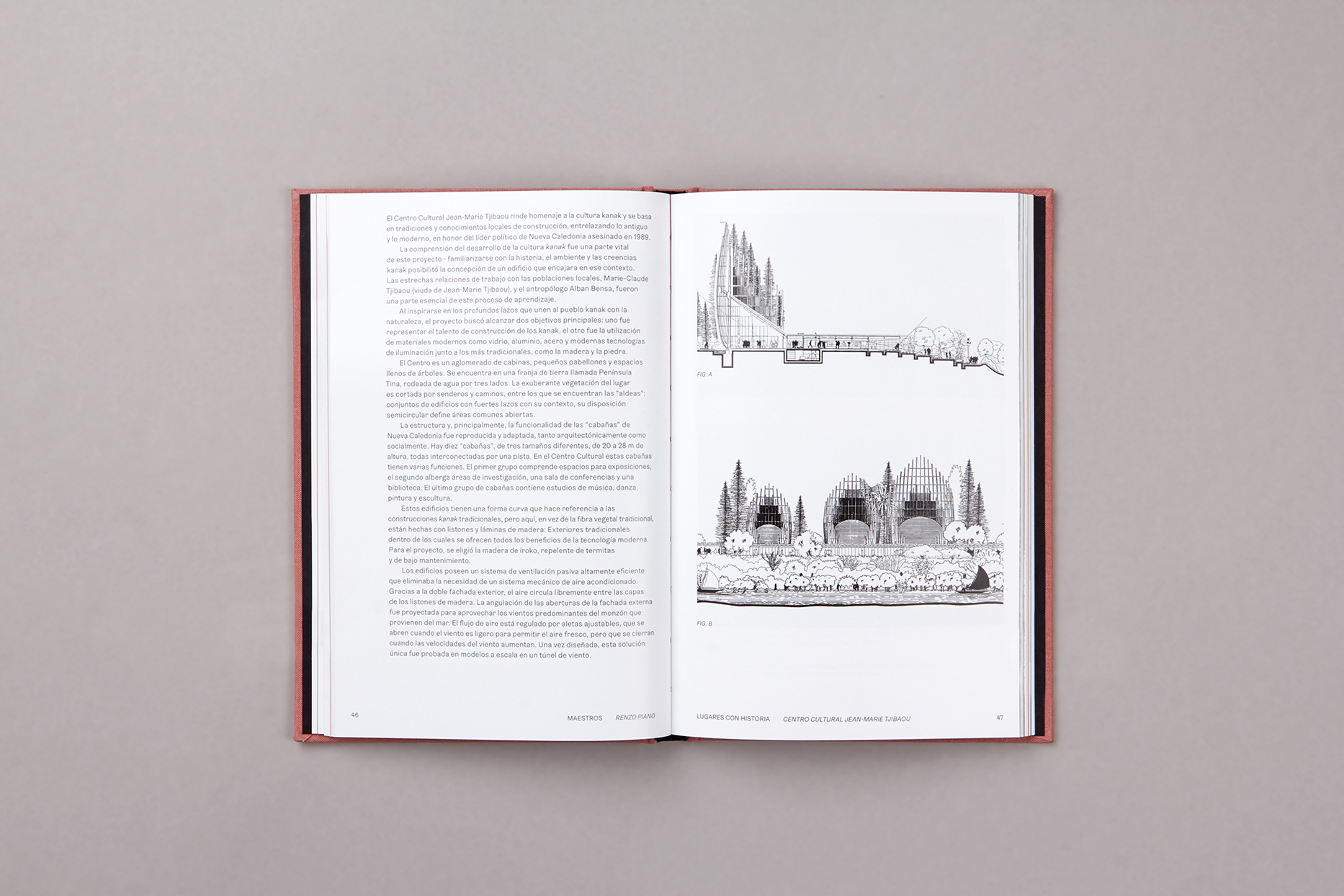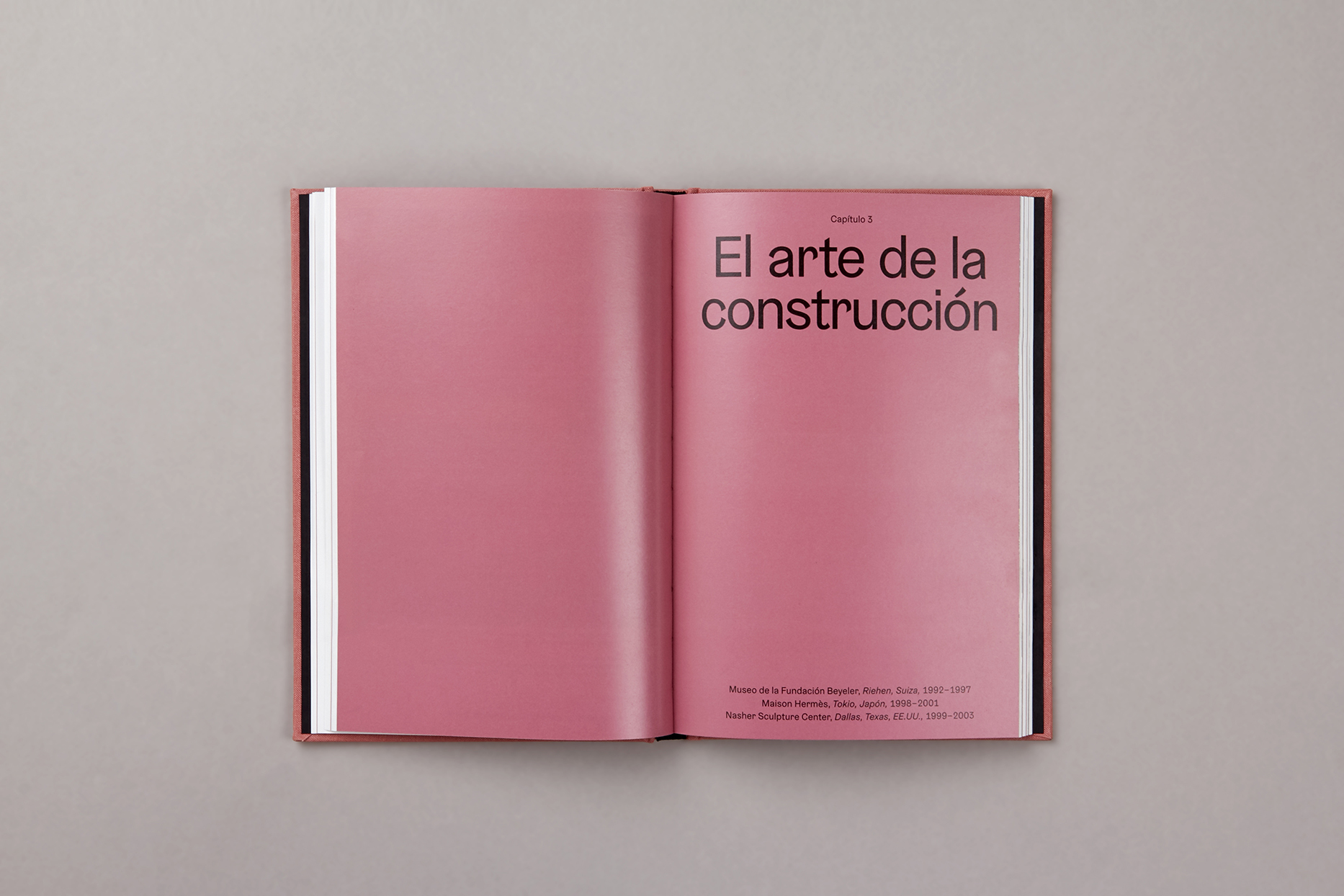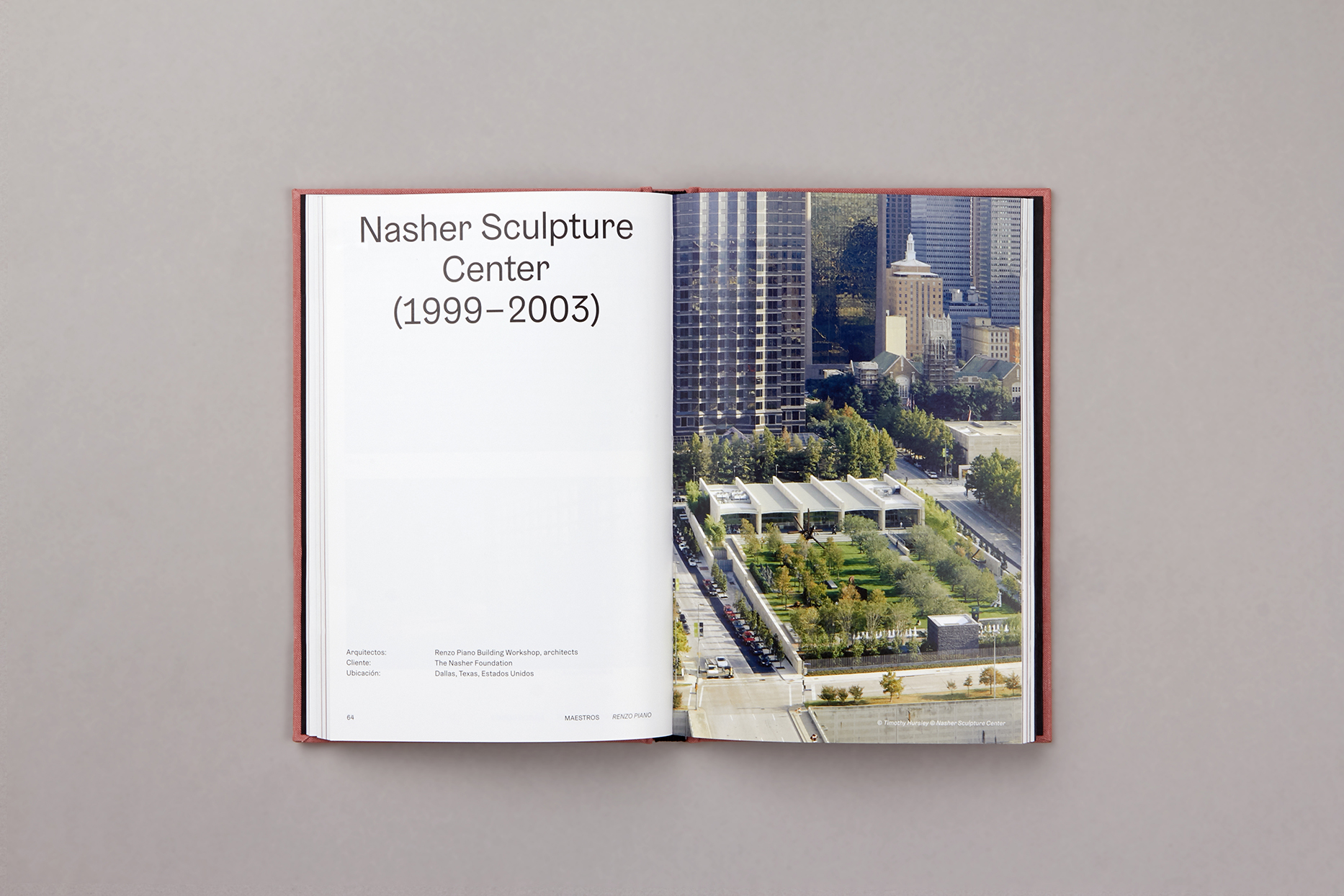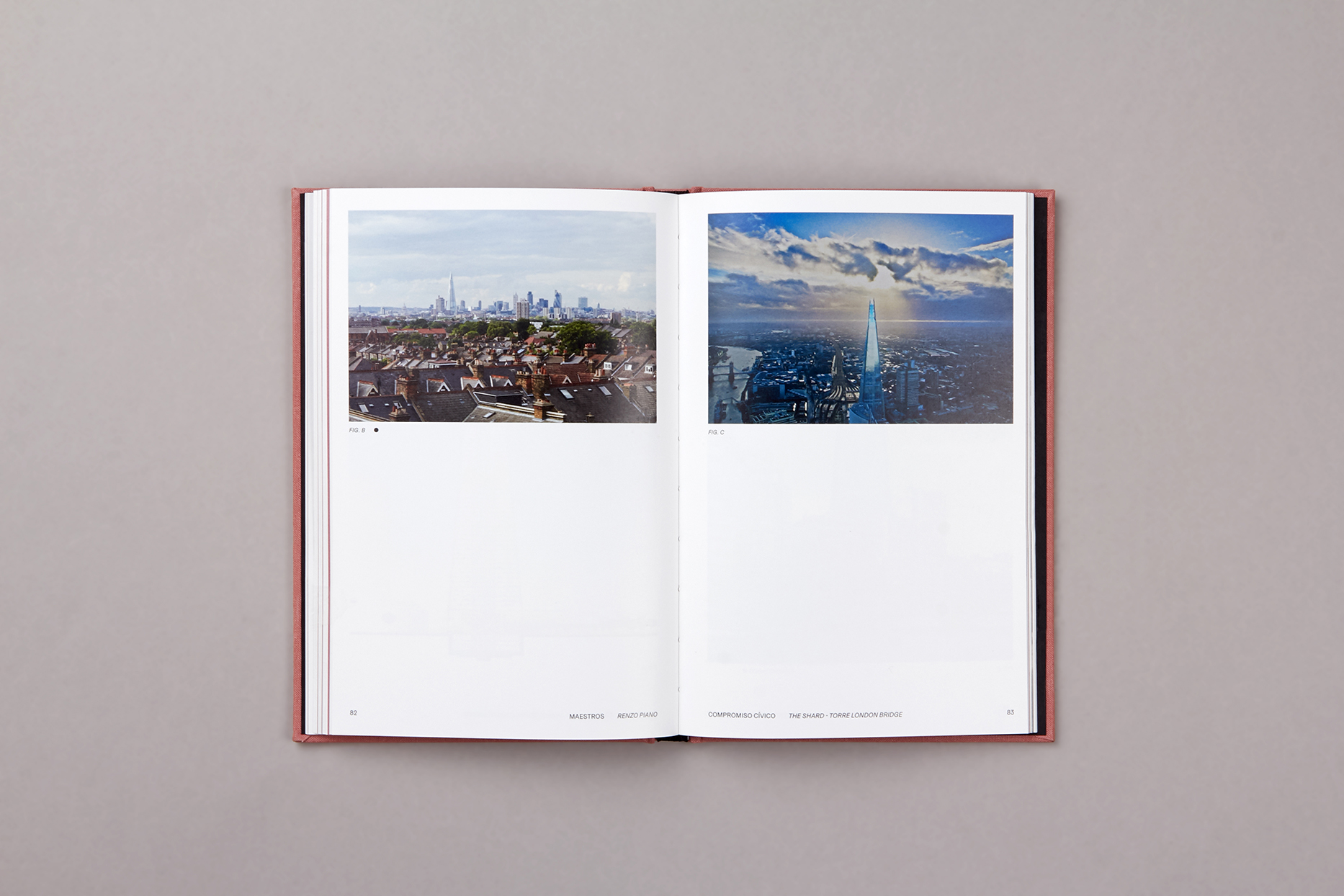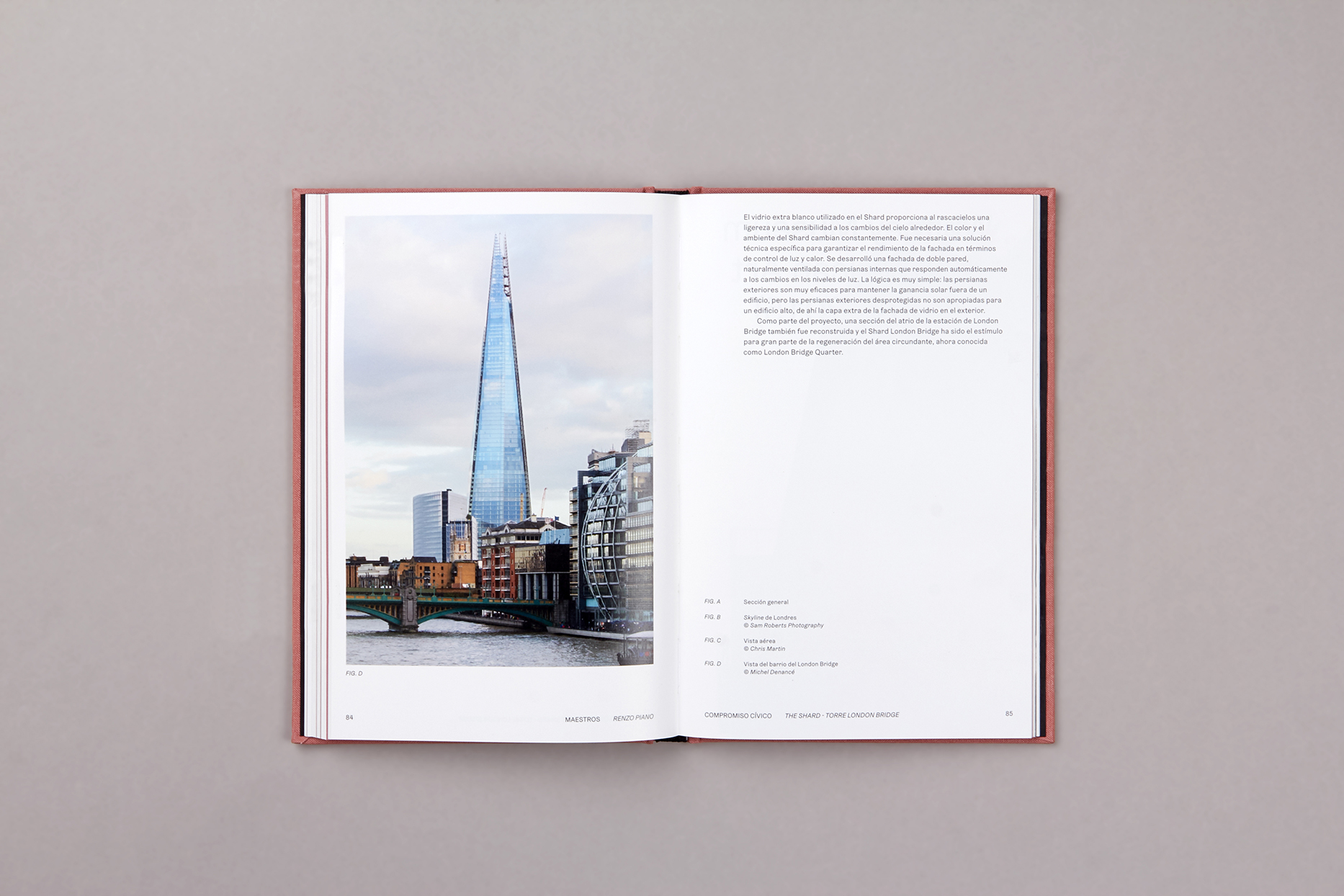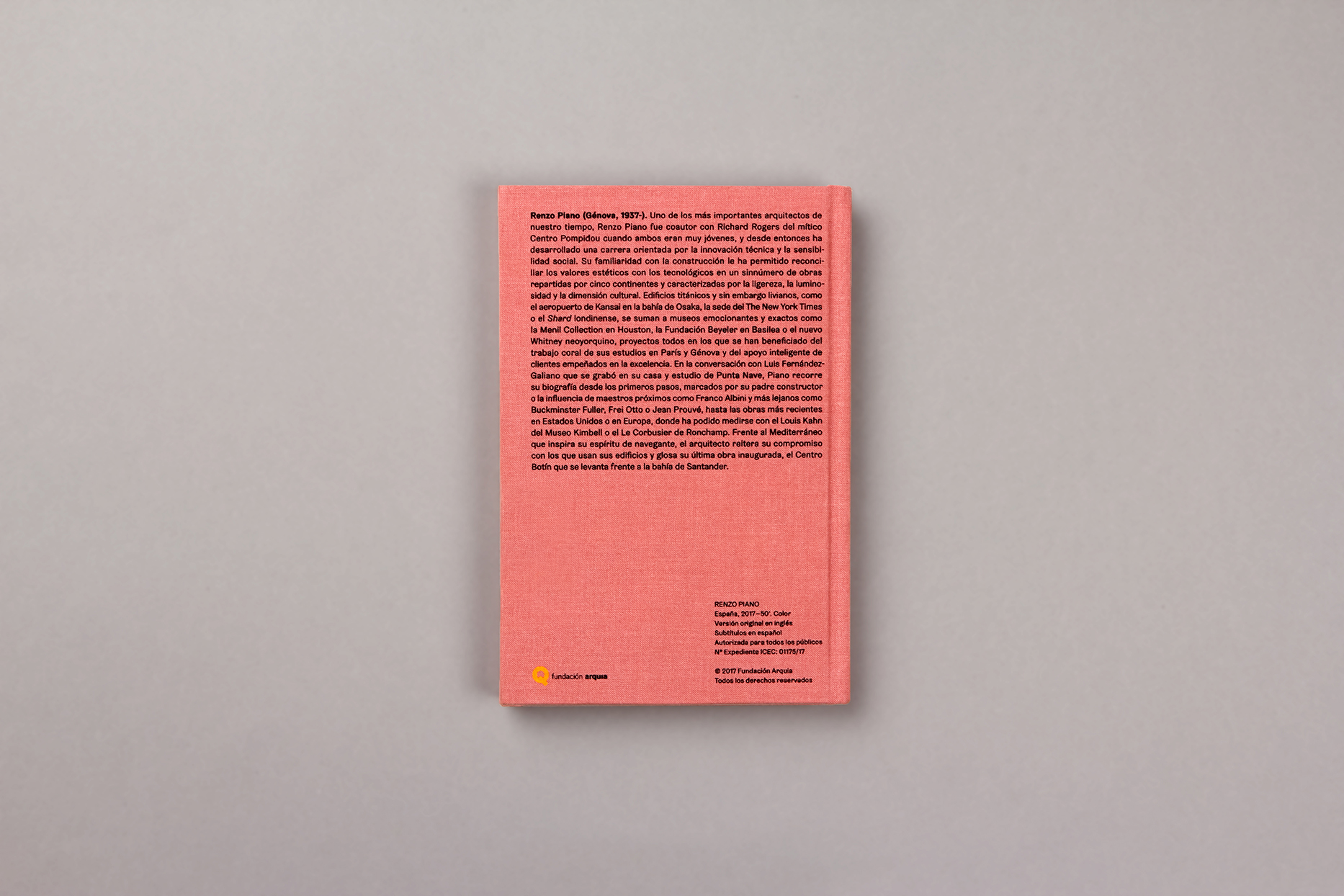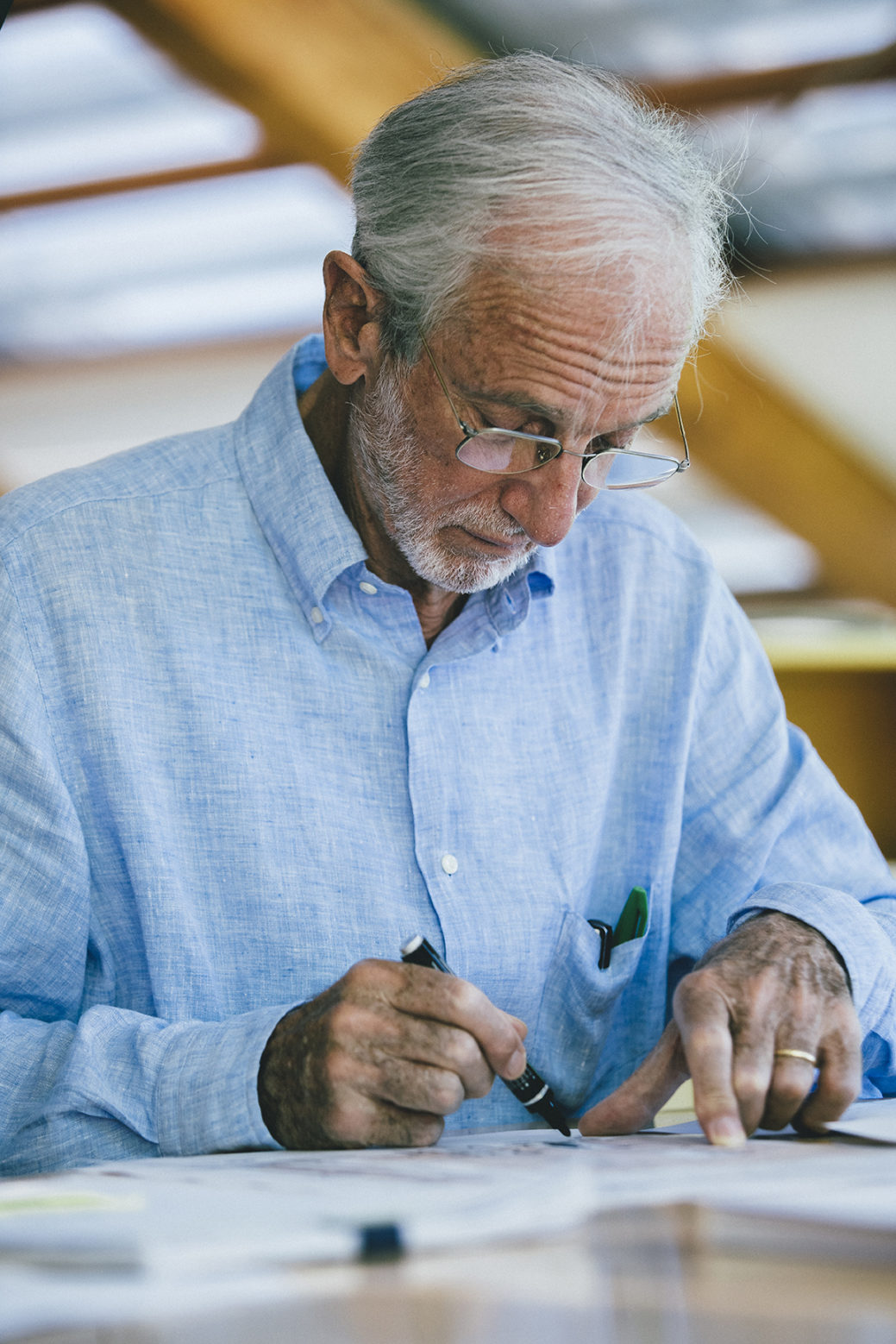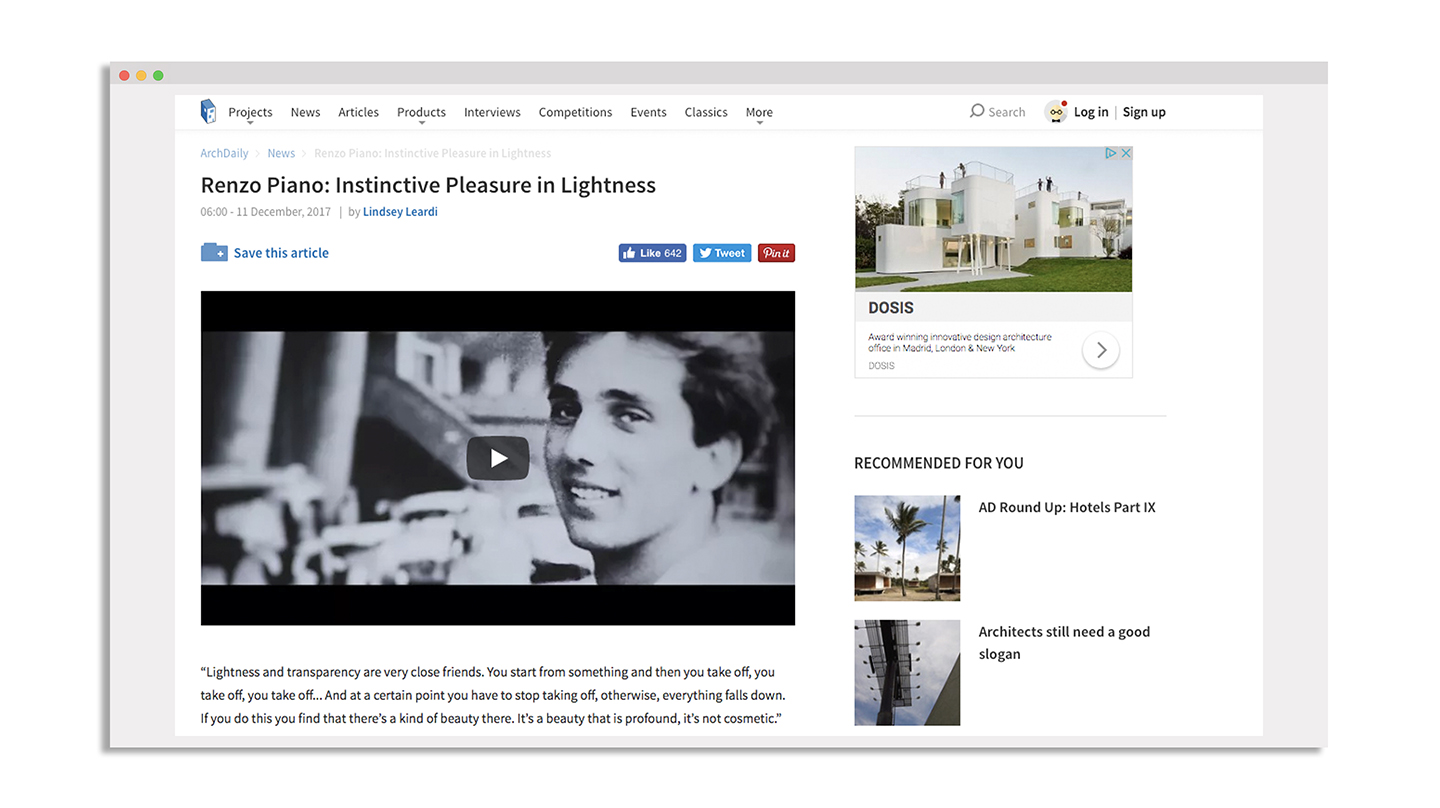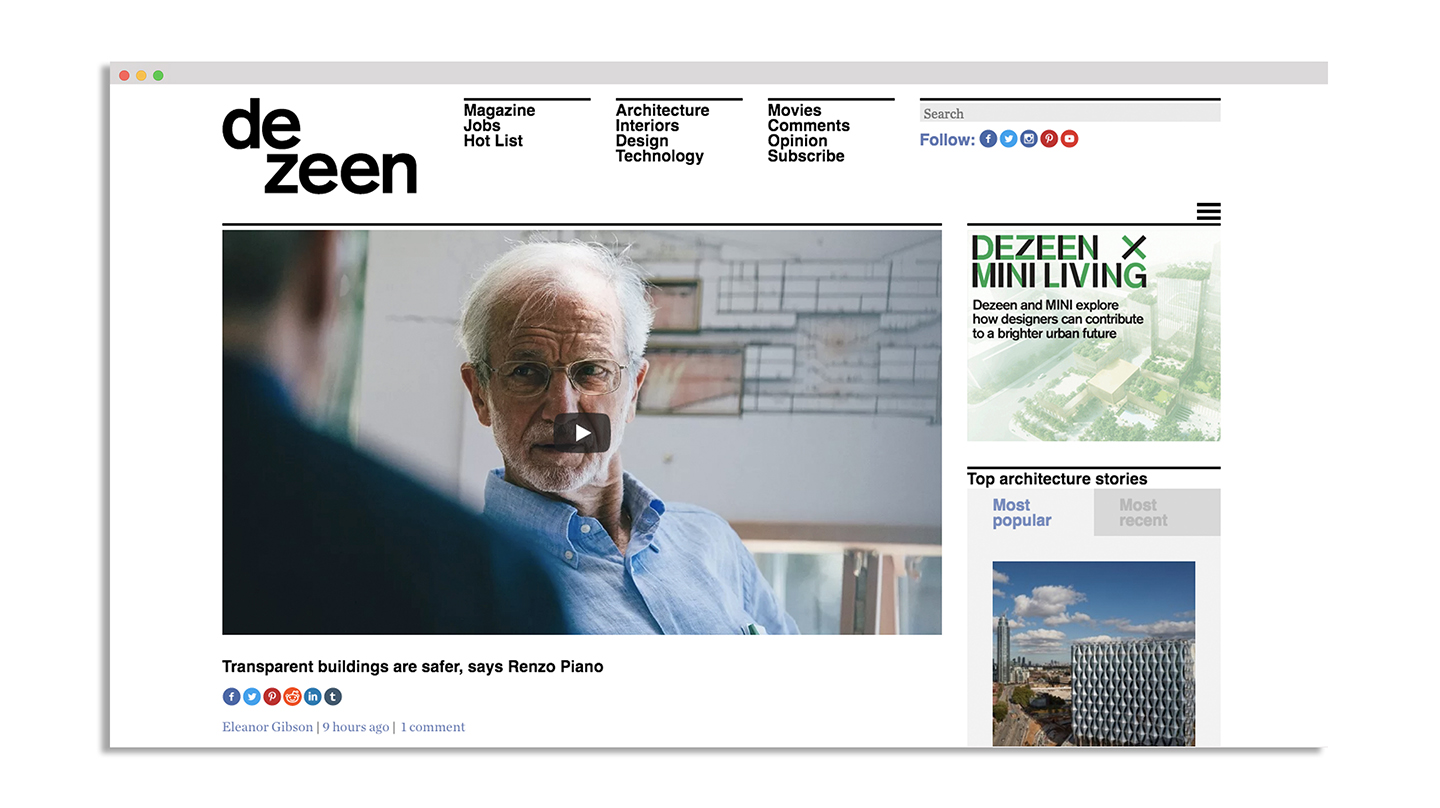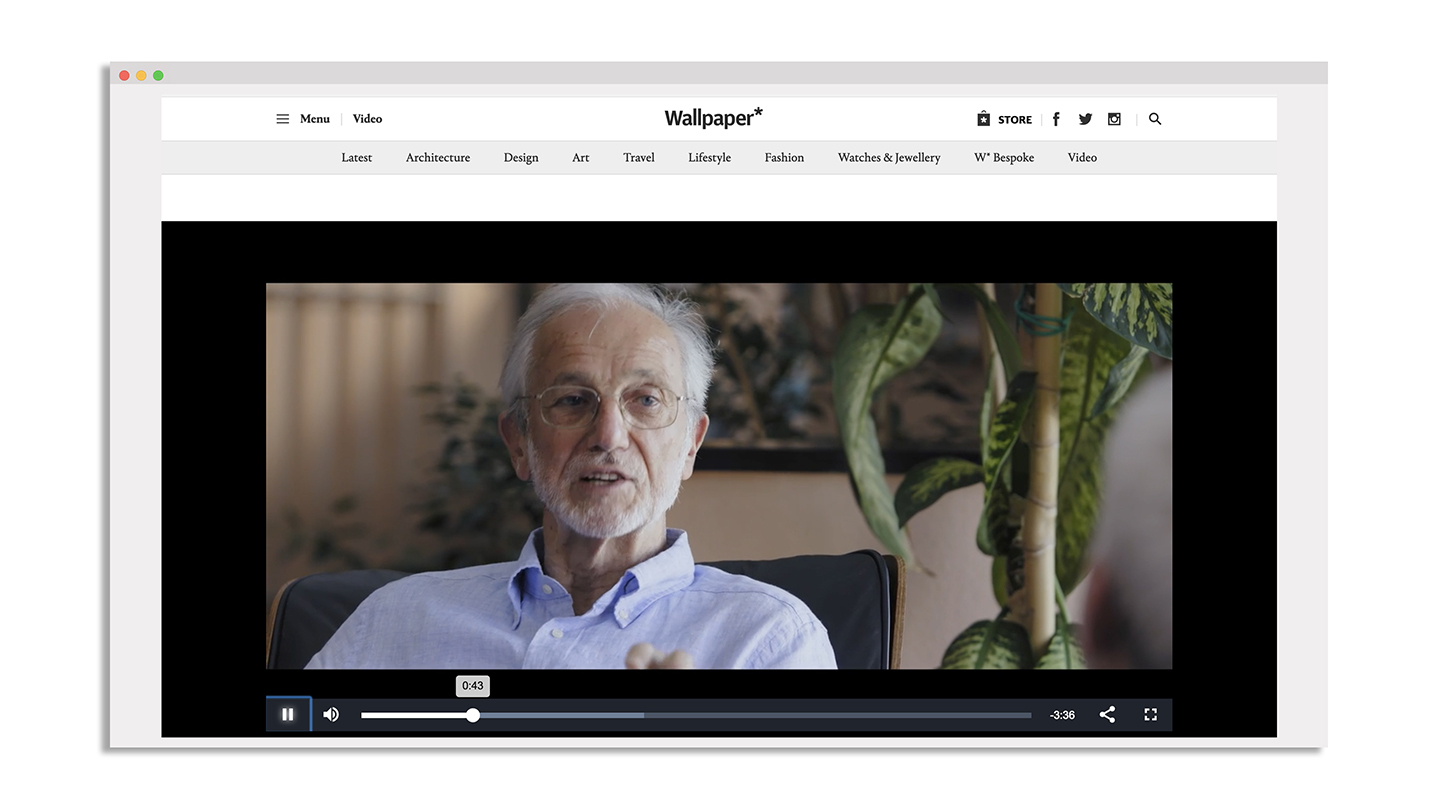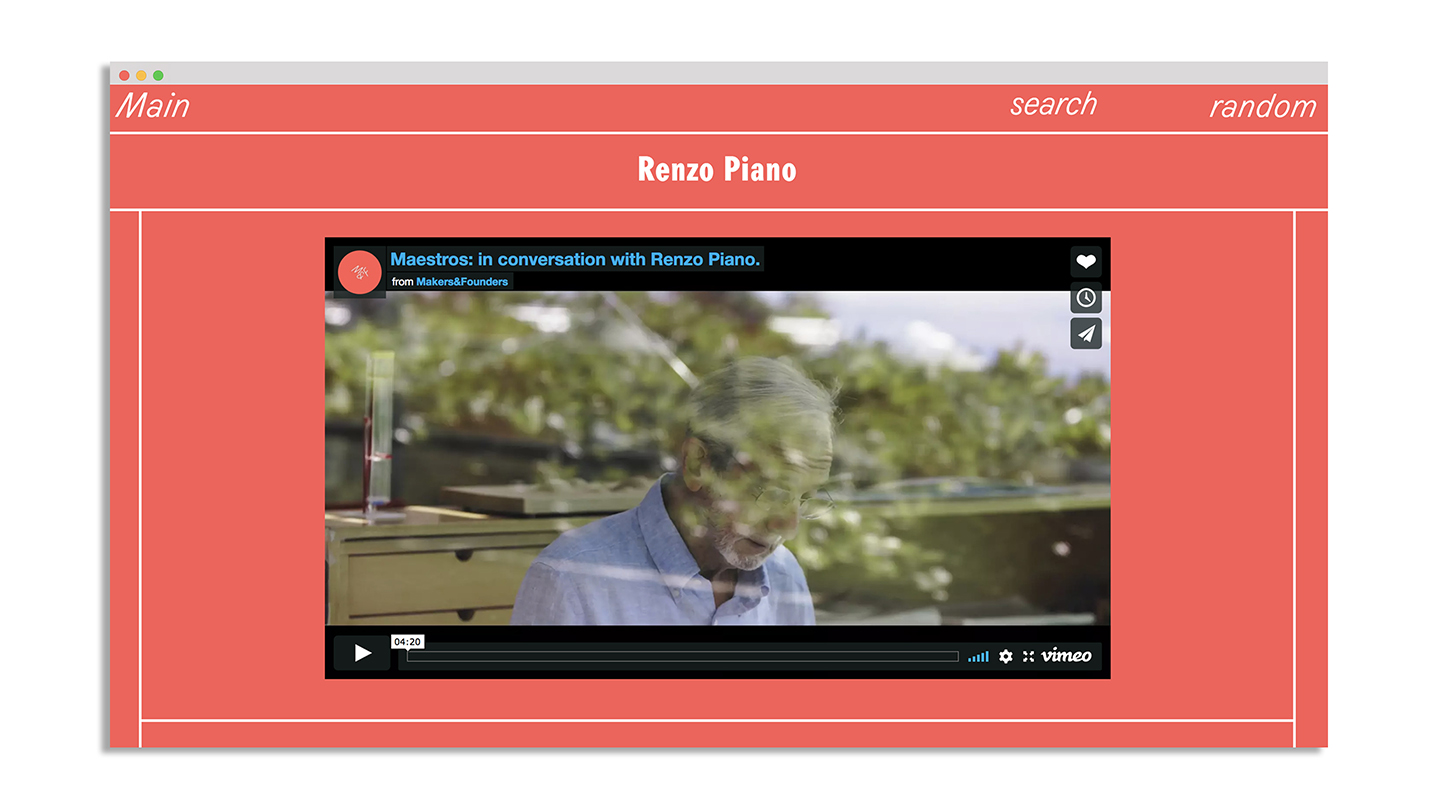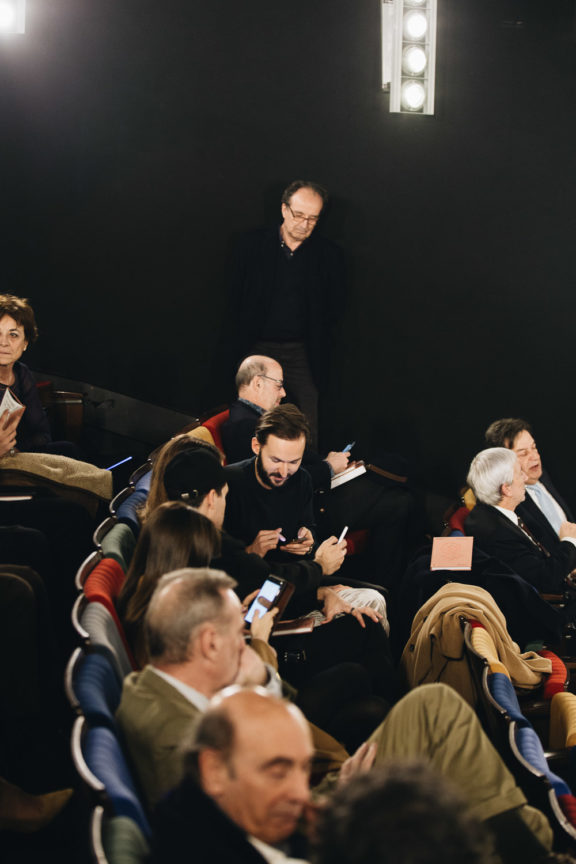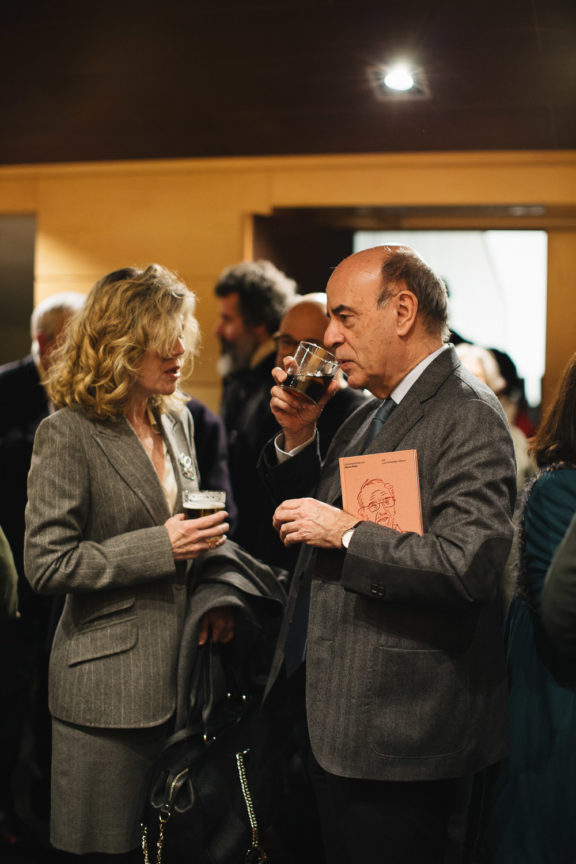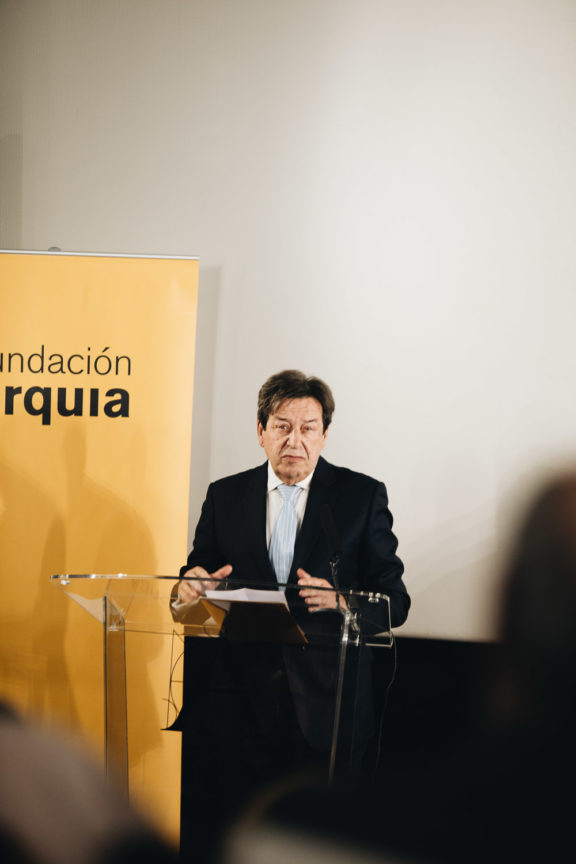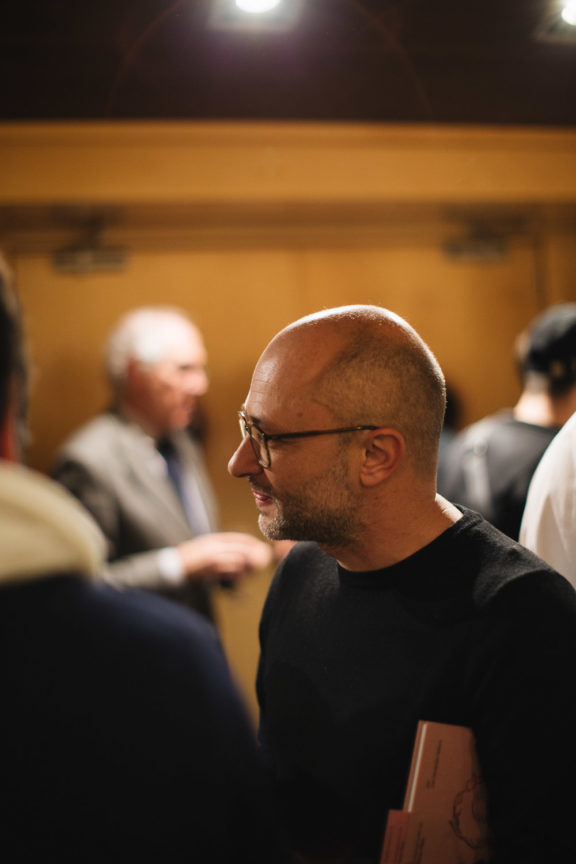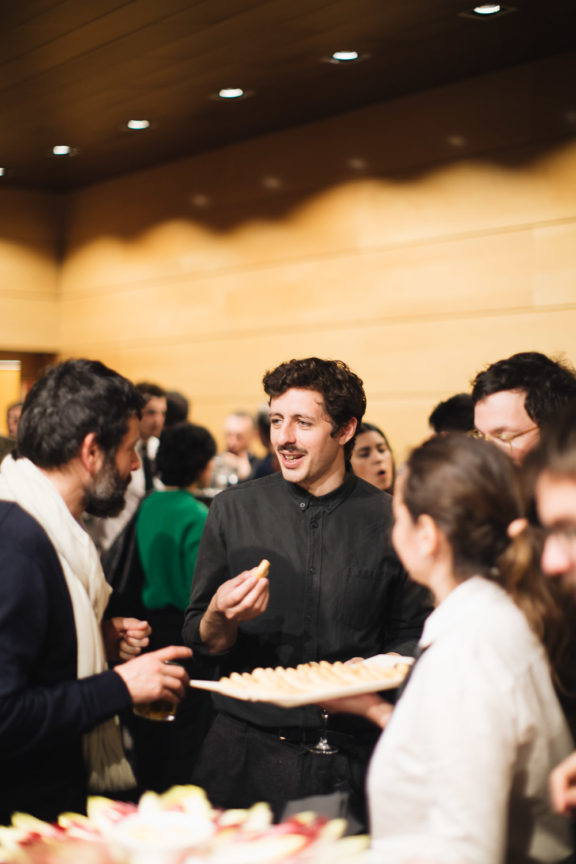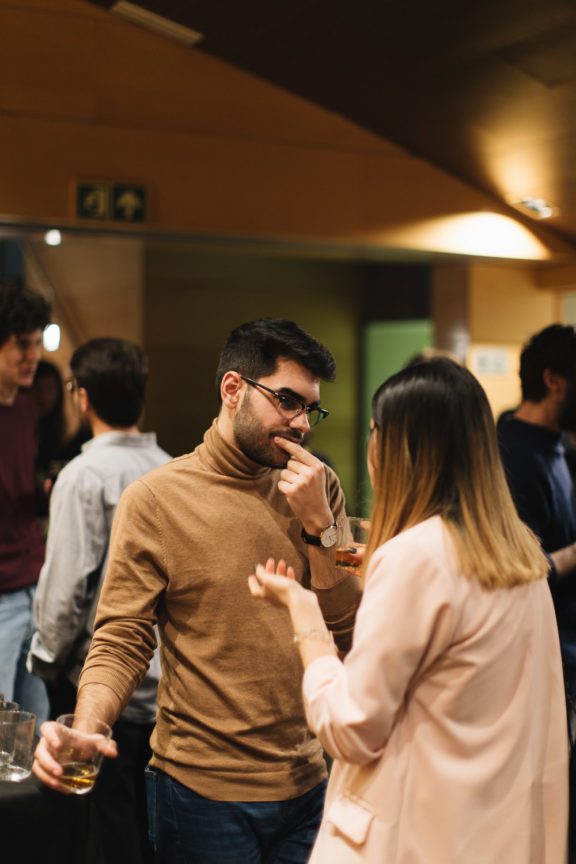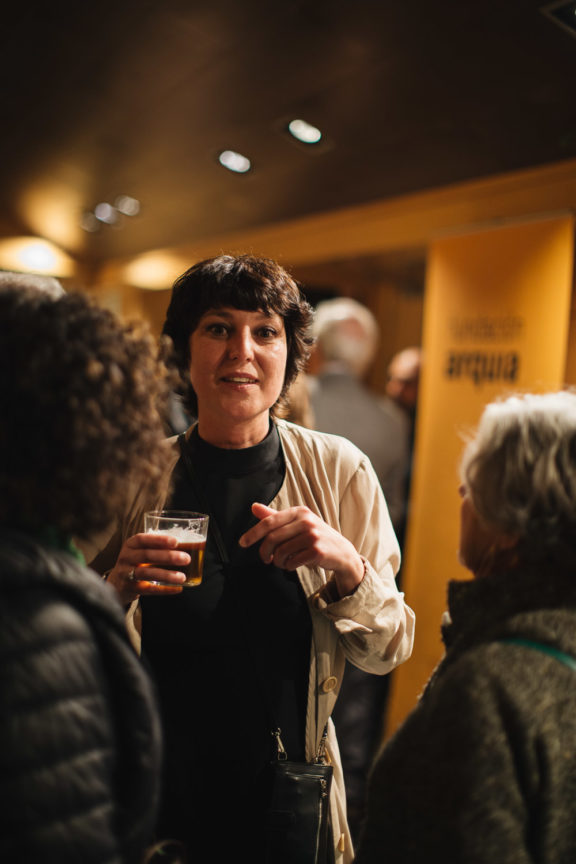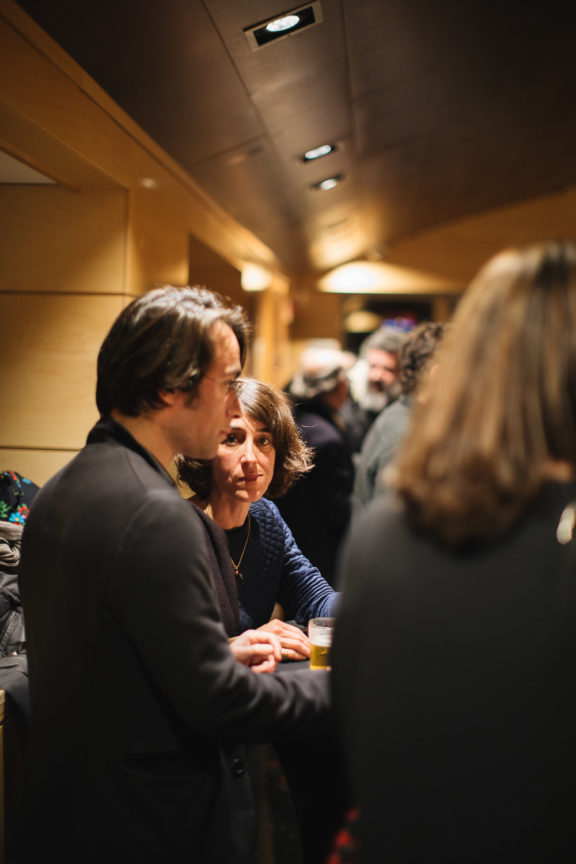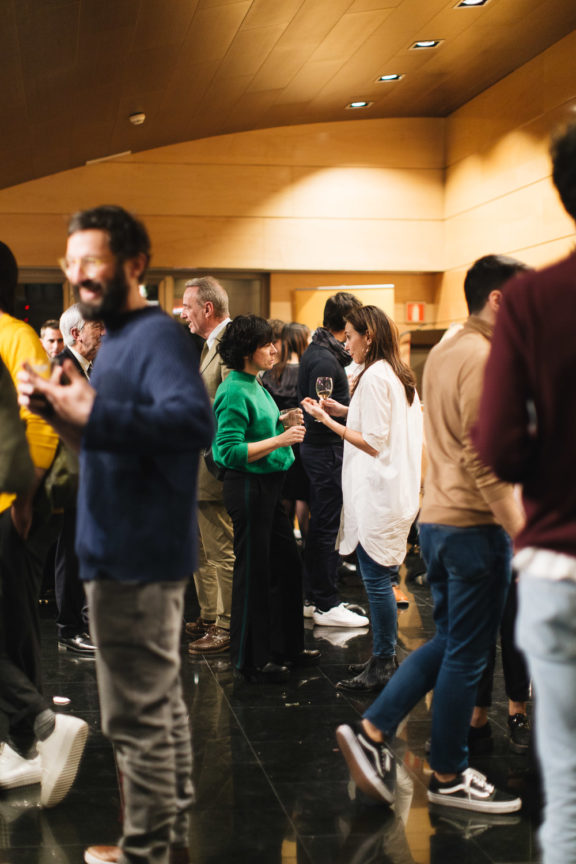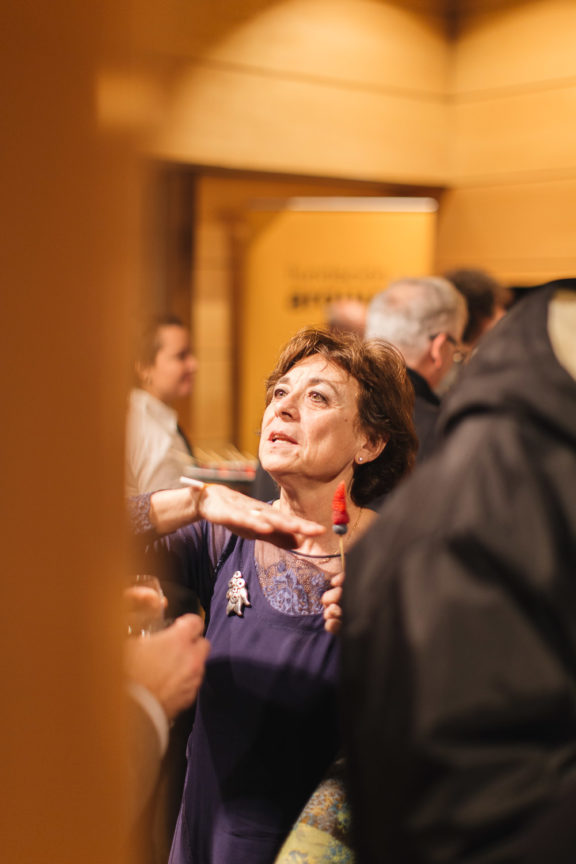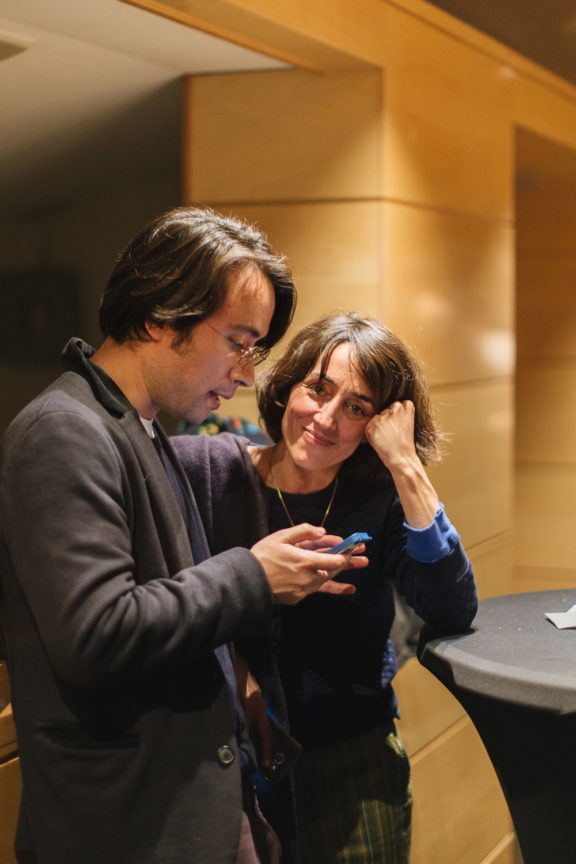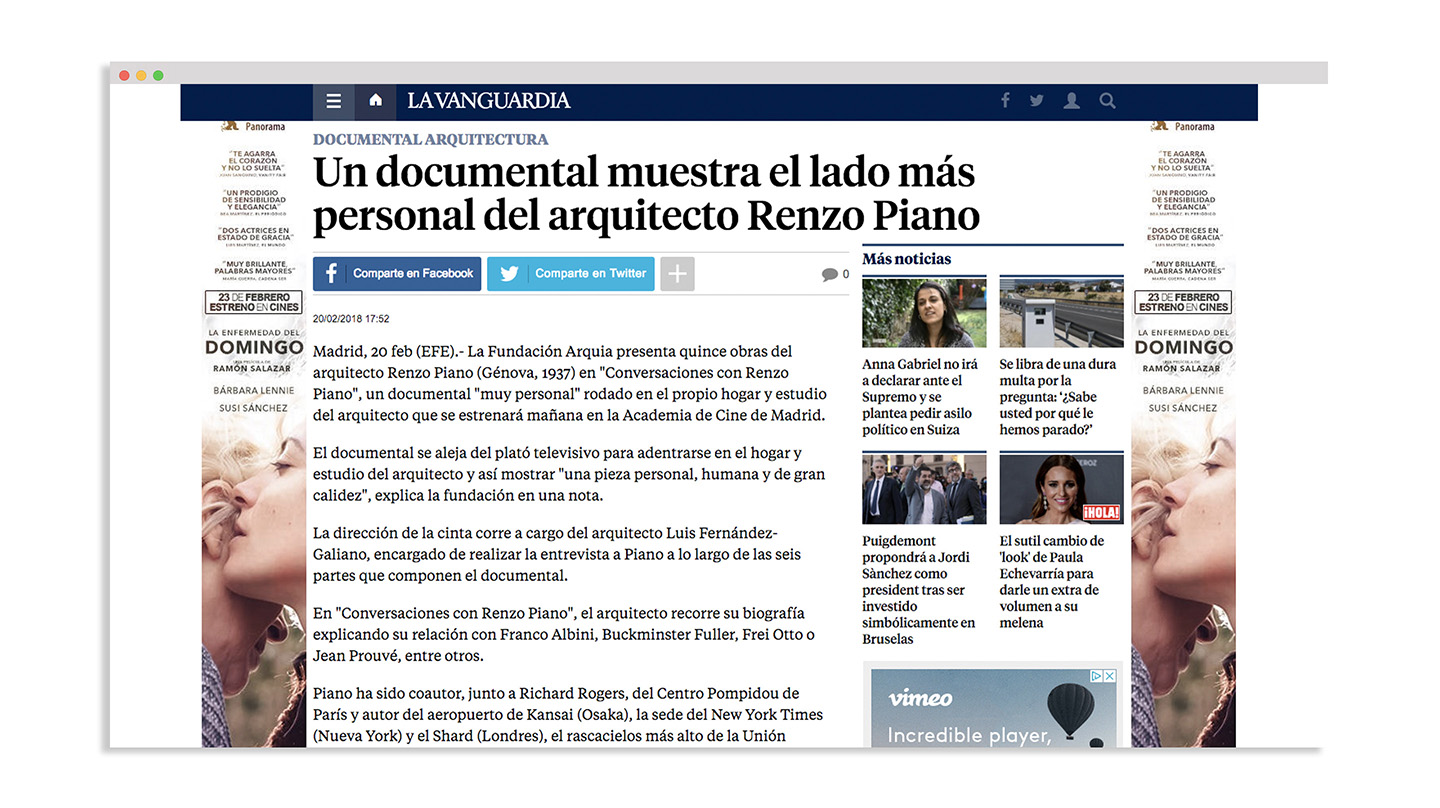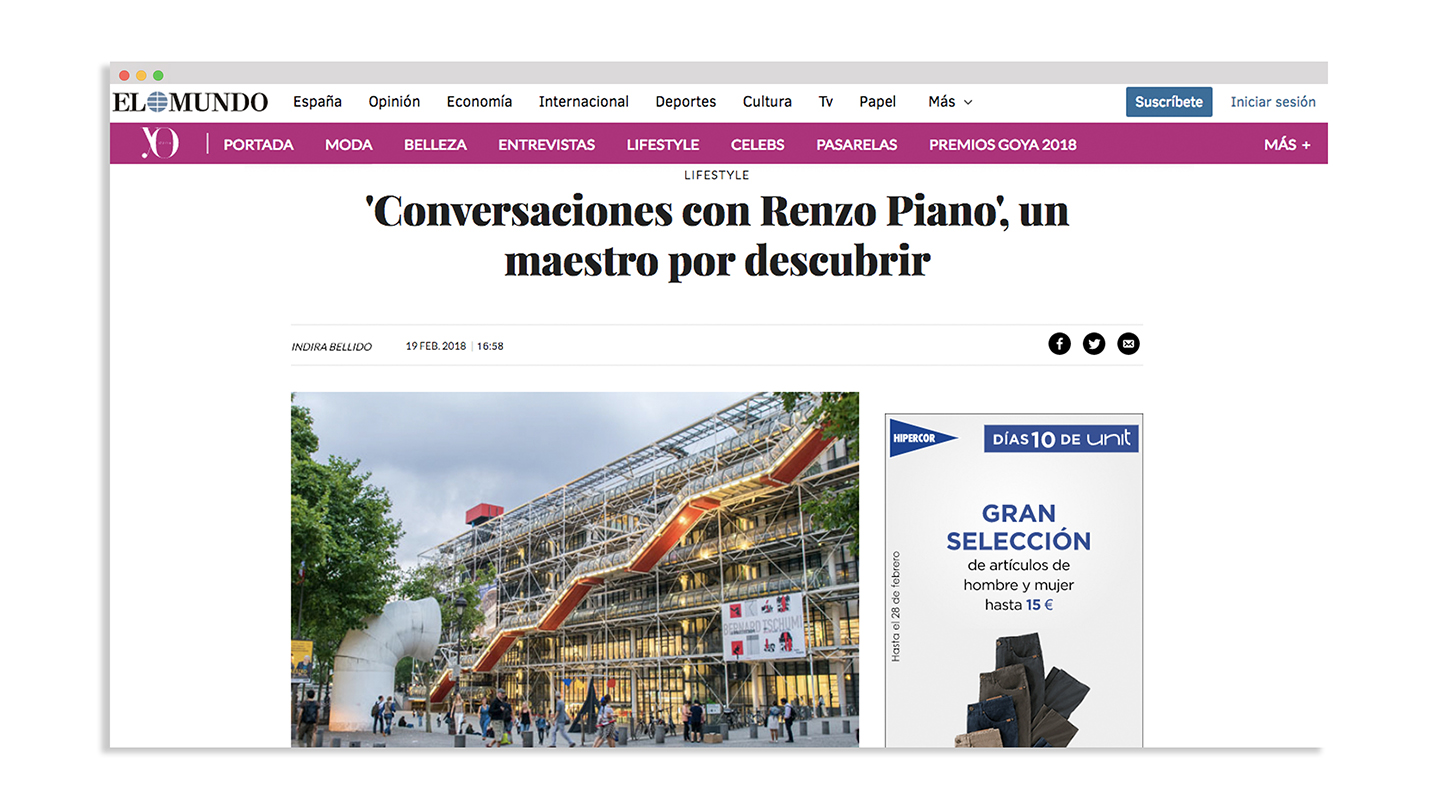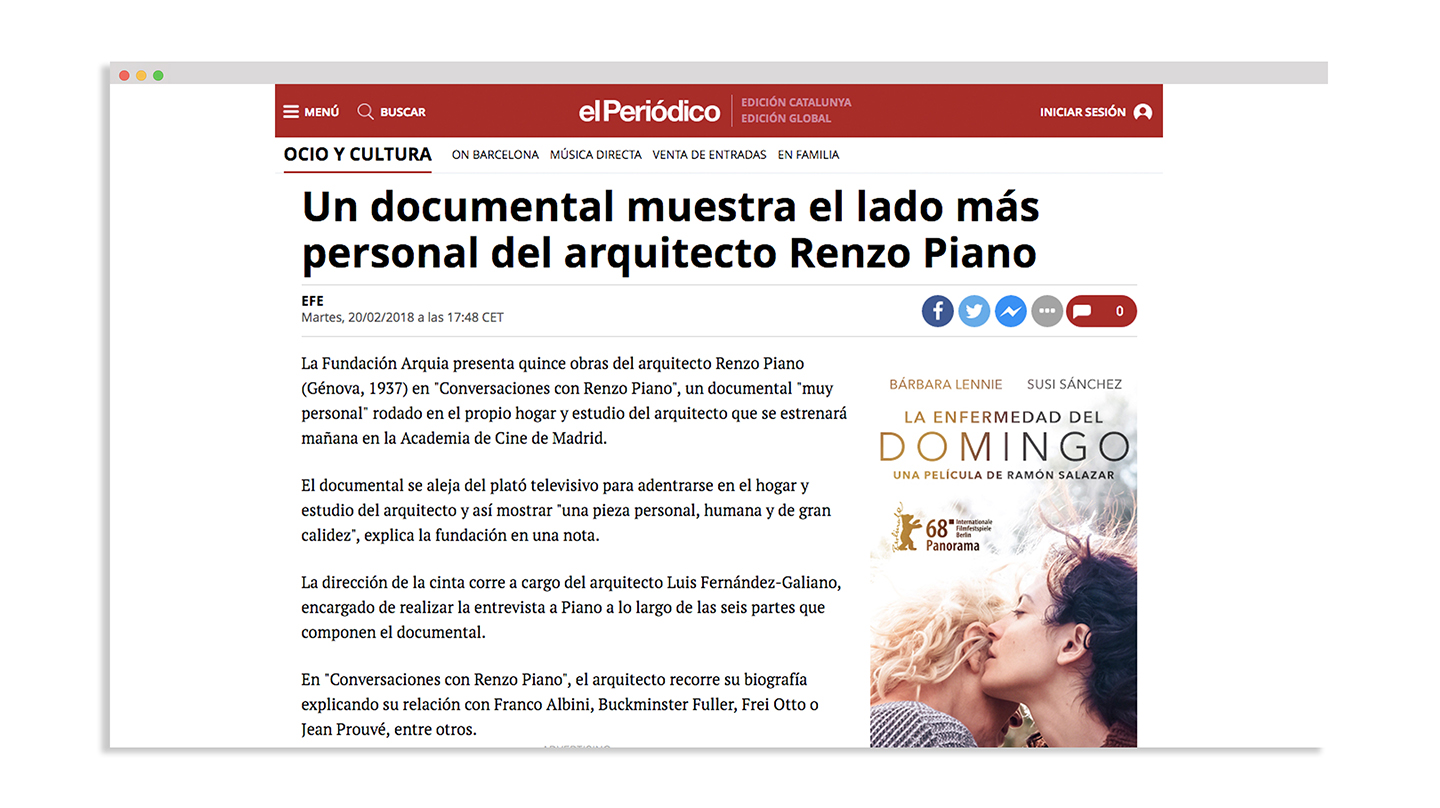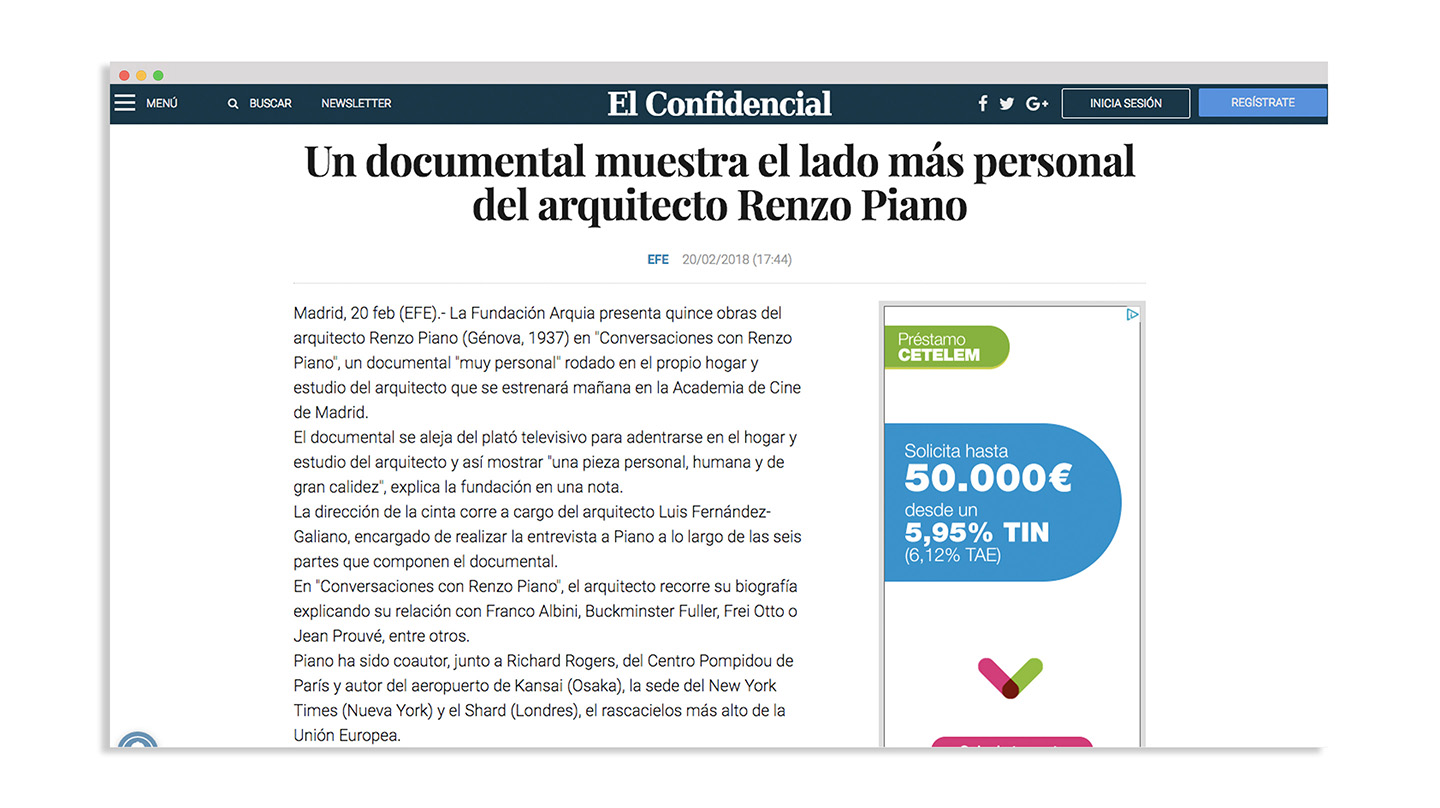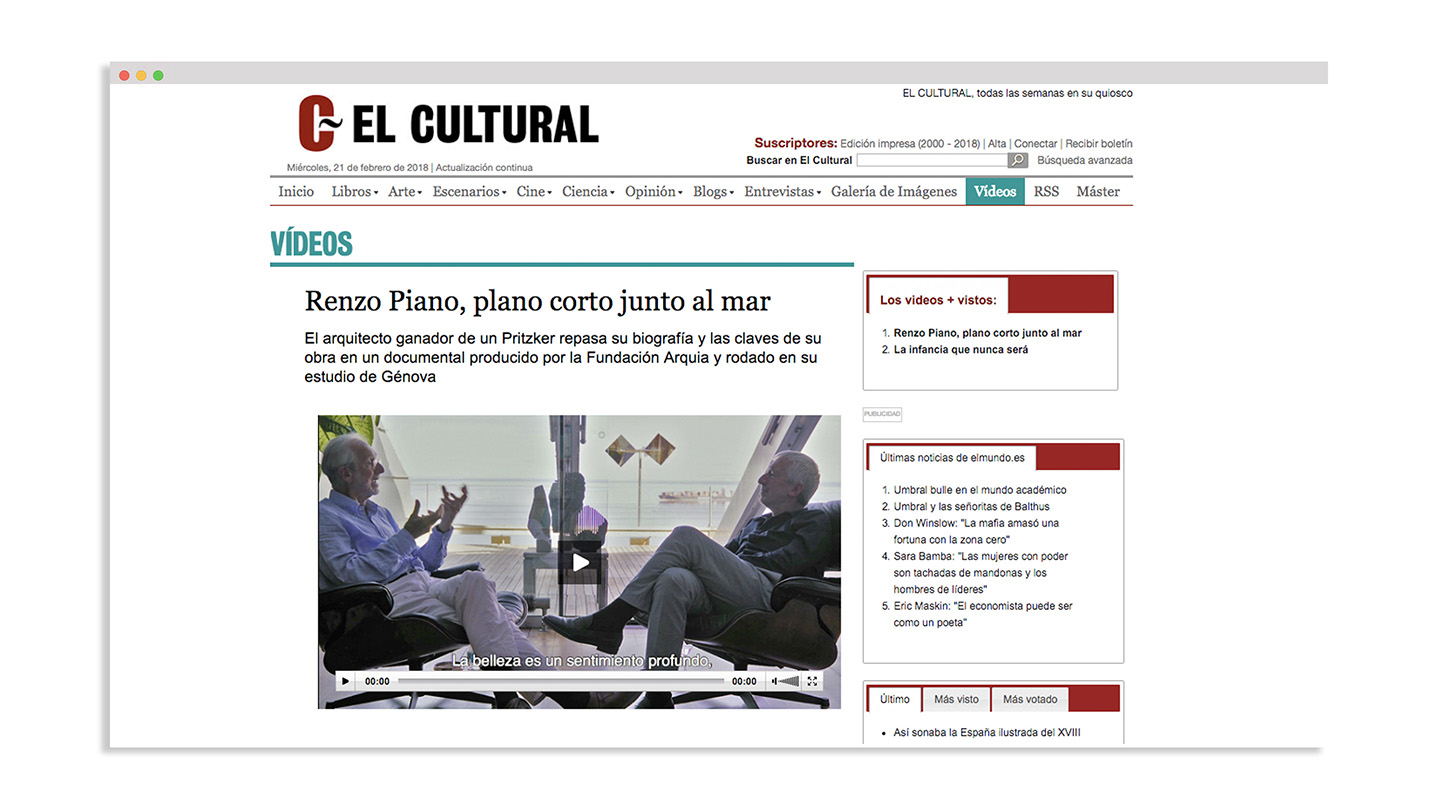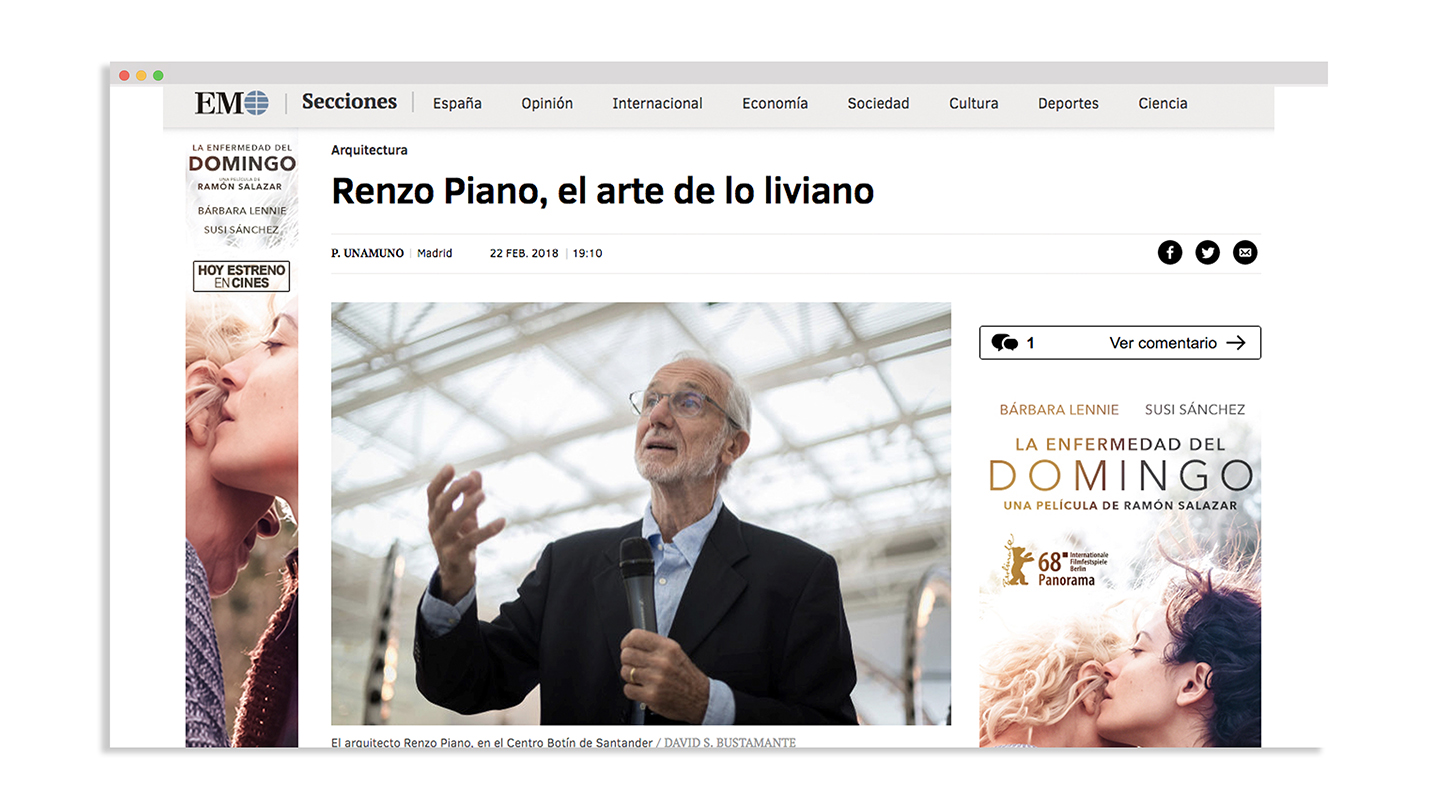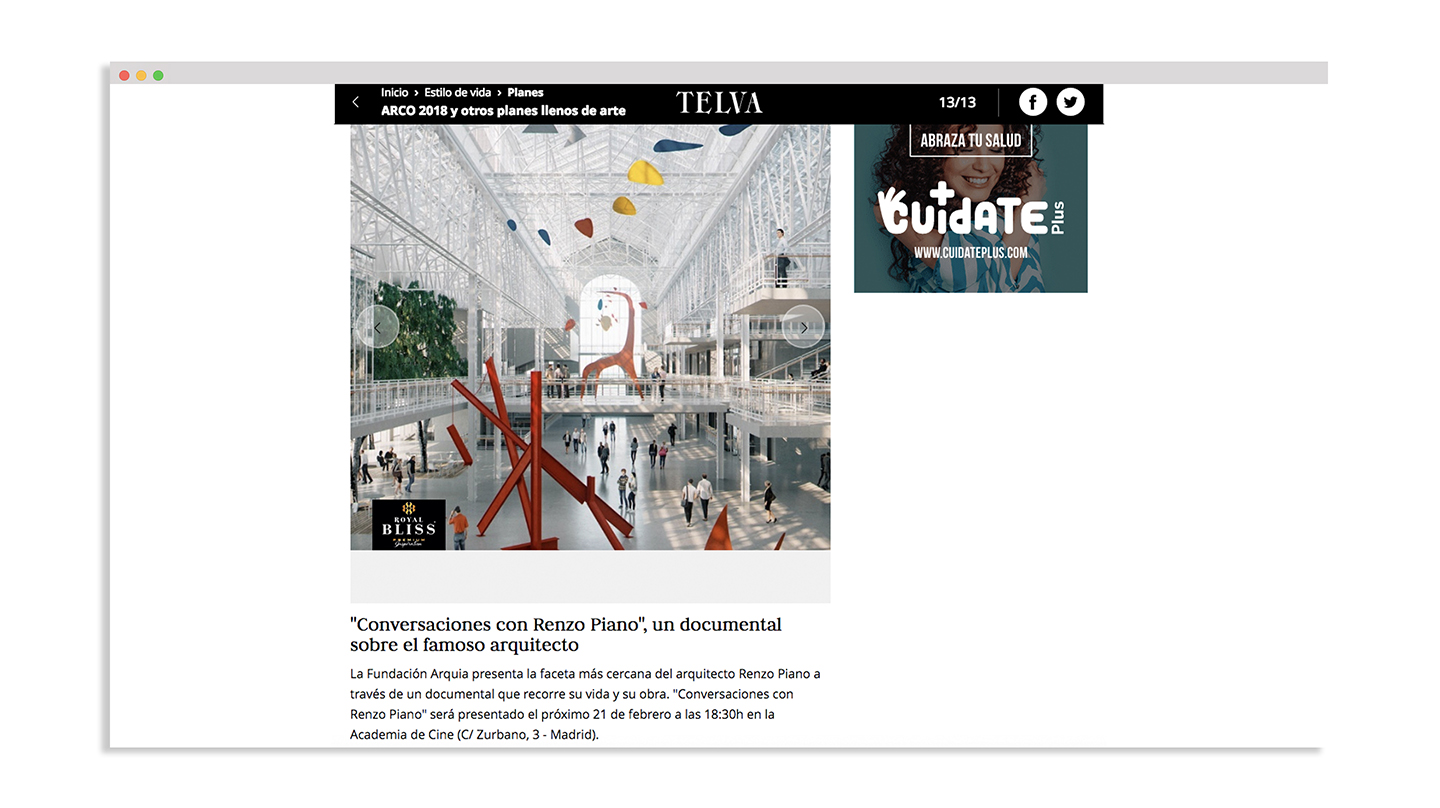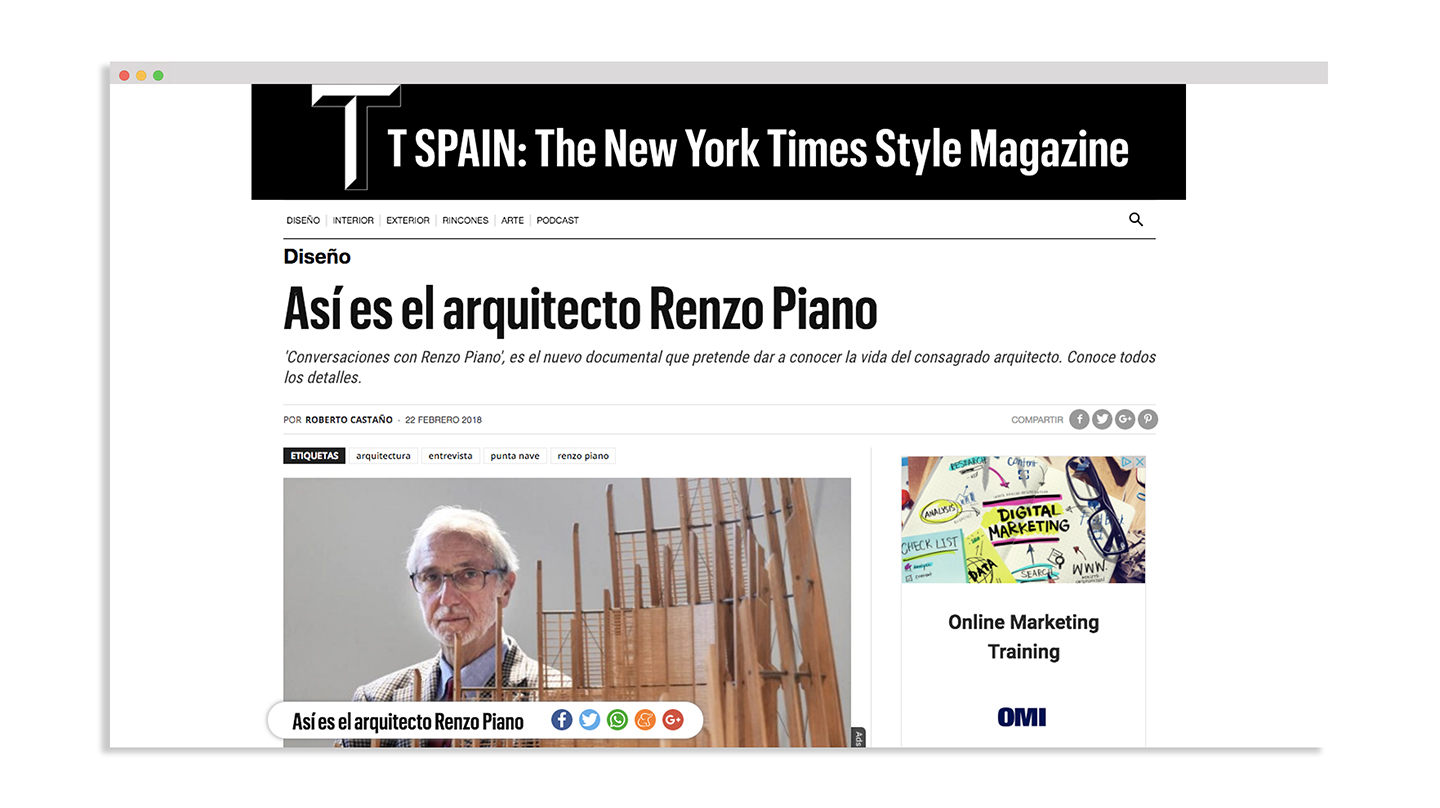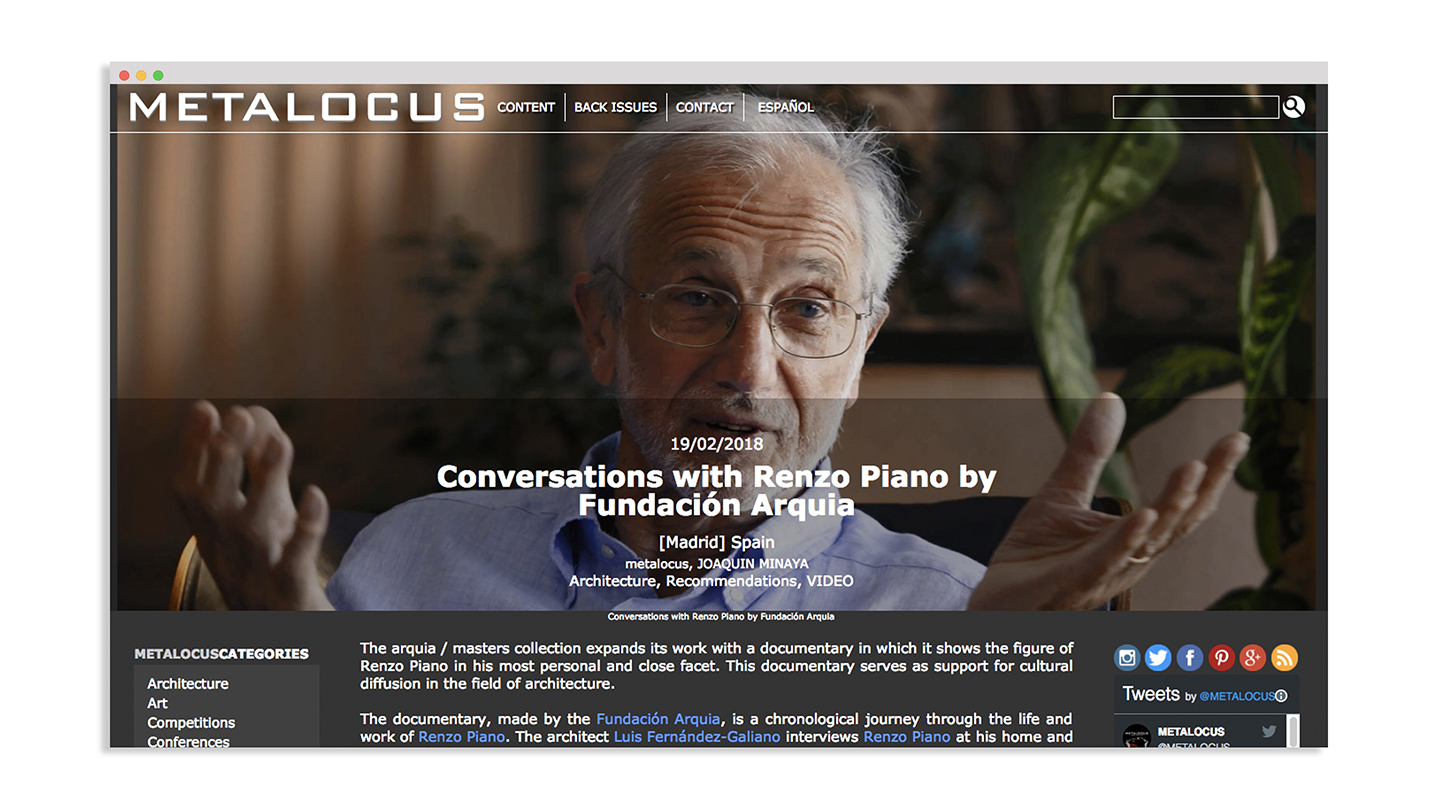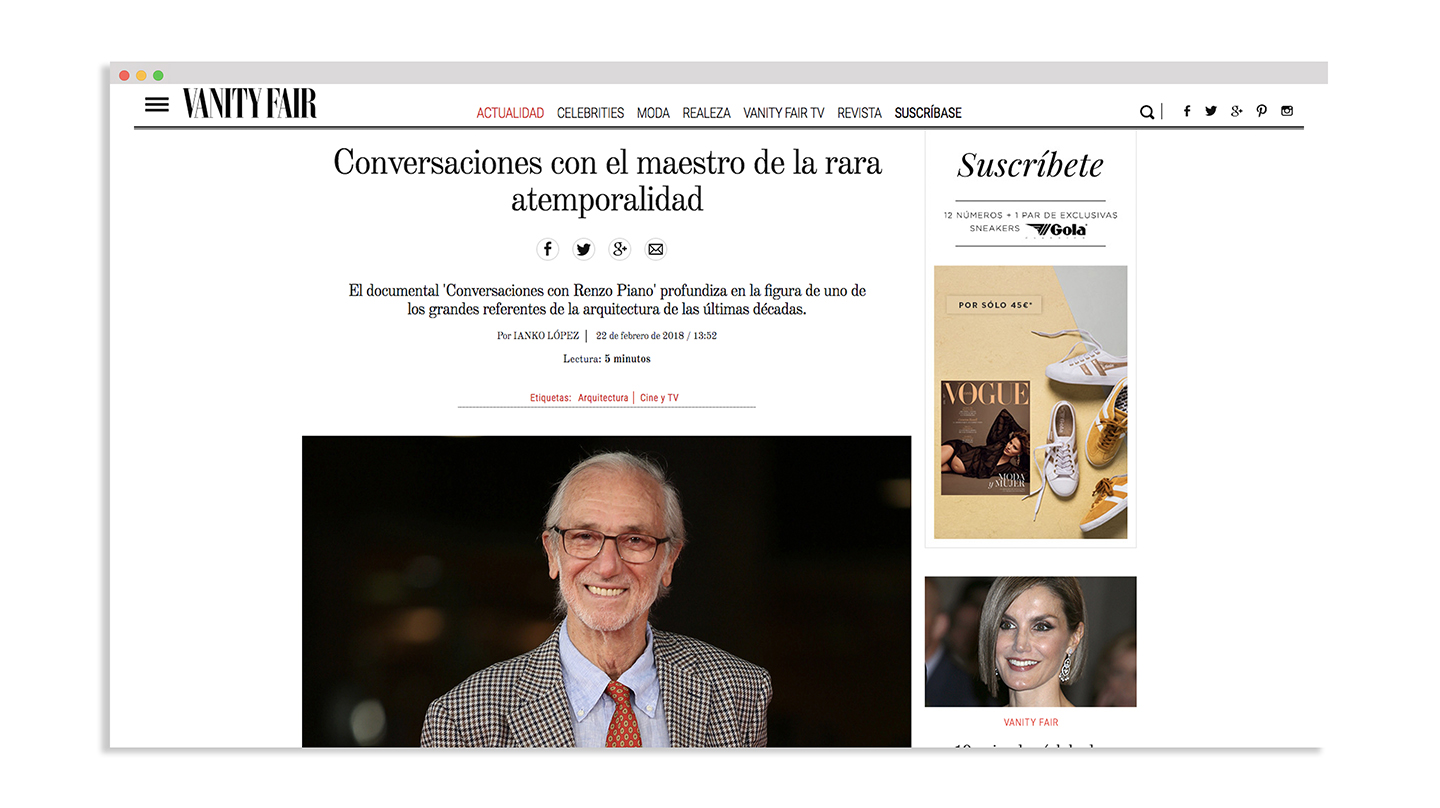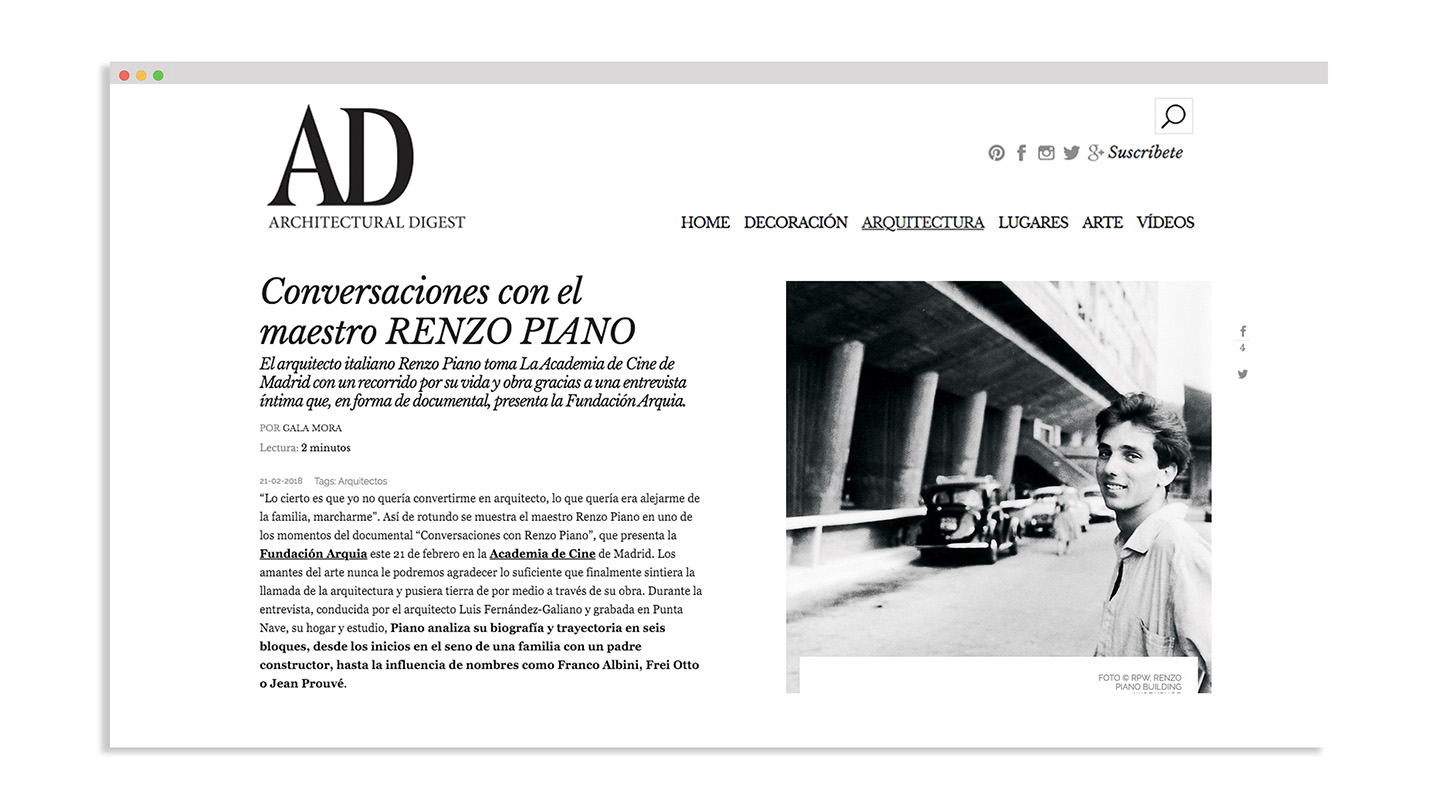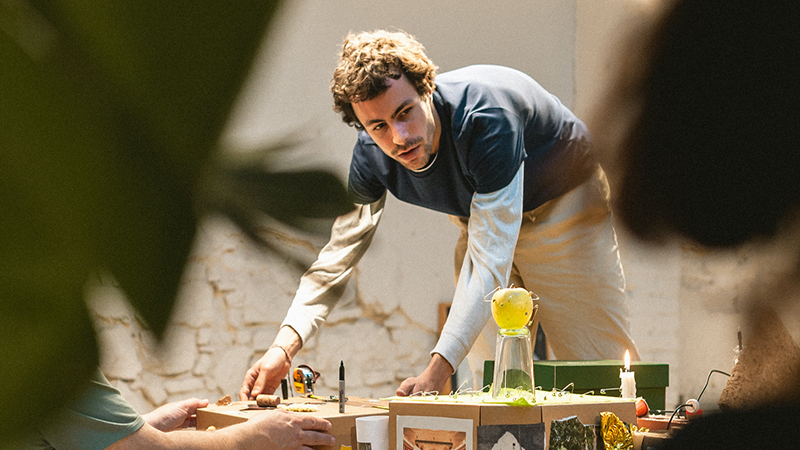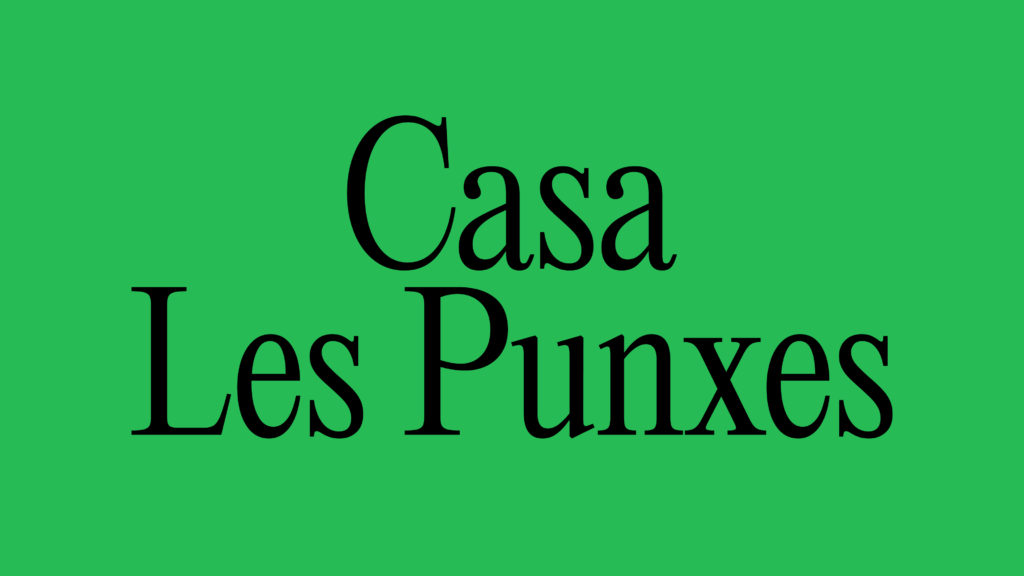Year: 2017
Client: Fundación Arquia
Video production: White Horse
Lessons in native advertising
In order to help Fundación Arquia reach new audiences, strengthen the brand and position it at the forefront of contemporary architecture, we needed to develop a radical new approach to its communication strategy. Brands are increasingly realising that they need to take themselves out of their own environment to reach new audiences. Traditional advertising no longer works. Instead, companies are turning towards ‘native advertising’ – a type of digital advertising that matches the form and function of the platform upon which it appears. Content is only indirectly linked to a brand, but its coherence with the host platform means it is more readily absorbed and spread by consumers.
Fundación Arquia‘s objective is to promote and spread formative, ground-breaking and inspirational projects in the field of architecture, construction, design and urbanism. But to do this more effectively it needed to step outside its immediate environment. We had already worked with the foundation on a number of projects to change the perception of architecture and highlight cross-industry expertise – this was taking their narrative into a new realm. With a fluid approach to communication, we decided to develop a digital series that could be used across multiple platforms, strengthening the brand indirectly by focusing on ‘native’, content-led communication.
It is important to develop content that stands for itself, without the viewer necessarily knowing that there is a brand behind it. If the content is powerful enough, it will be spread organically, and the brand will be strengthened as a result.
Rafa Martínez, COO, Partner & Brand Strategist, Folch
Maestros: A cultural collection
Maestros is a cultural collection conceived and published by Fundación Arquia. The collection consists of a series of interviews which run through the careers of some of the greatest names in international architecture. The aim is that outstanding masters of our time can personally convey their thoughts and visions to future generations. Now was the time to bring the Maestros collection into a contemporary light.
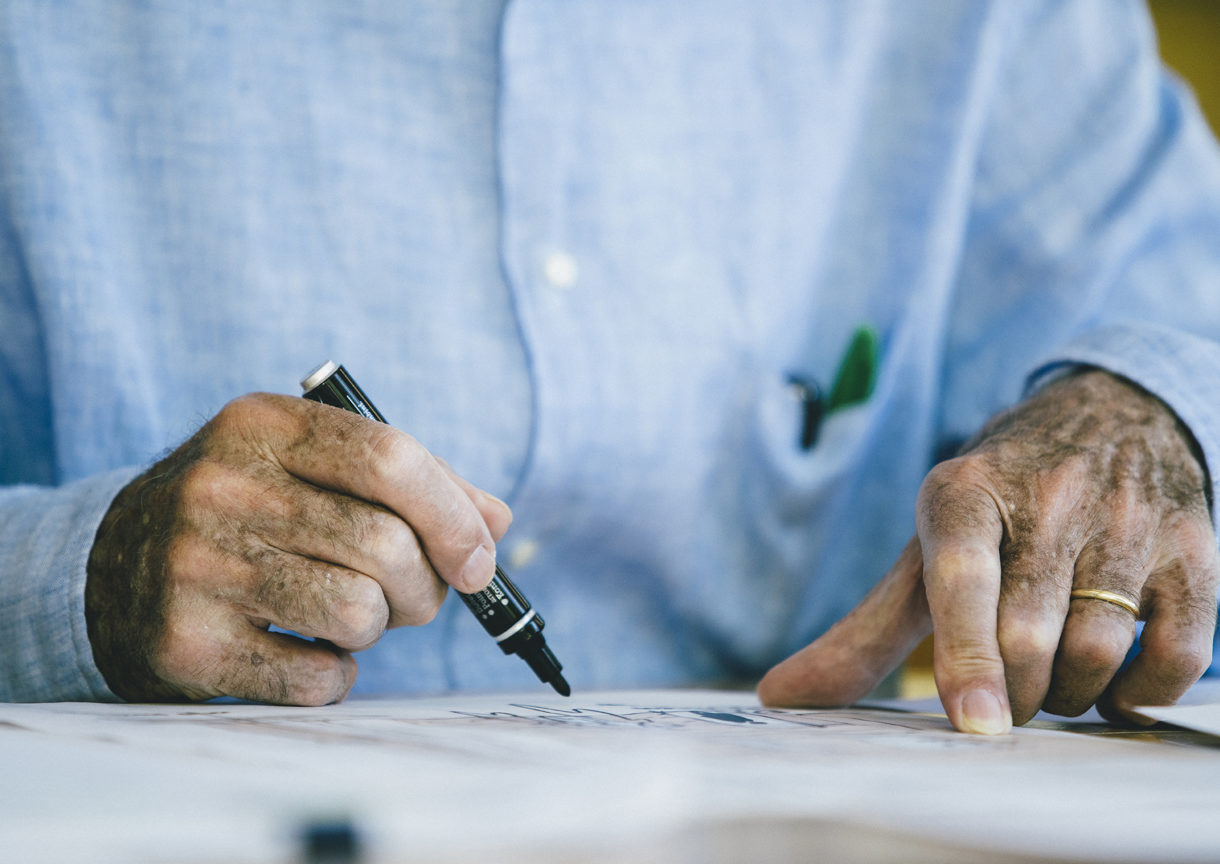
We decided to completely restructure Maestros, developing a digital series that could be spread across multiple platforms.
A transmedia approach
We chose to rebuild Maestros as a series, so each interview could be seen as a standalone piece or as part of the wider collection. We had to rethink the way in which to communicate the series, reproducing the collection for digital via vimeo rather than television so that it could be disseminated further and shared by social media users. Each film is aligned with a microsite and supporting interactive booklet with additional information about the architect’s life and works.
A biographical journey
The interviews, conducted by Luis Fernández-Galiano, follow scripts with a set structure: a conversation divided into six parts chronologically spanning the career of each master. The introduction, covering the period up until their architectural training, is followed by five sections that use their constructed work as a common thread, highlighting three projects in each section as milestones along a biographical journey. The documentaries were produced and edited by White Horse, Folch’s creative offset company, managing the production of our audiovisual pieces and photographic commissions.
Renzo Piano on beauty and transparency
For the first publication of Maestros, we recorded an intimate and candid conversation with world-renowned architect, Renzo Piano. During the interview, Piano goes over his biography from his very first works, influenced by his builder father as well as by close masters such as Franco Albini, to his latest creations in the United States and Europe. He talks about the importance of transparency and the essence of lightness. The interview is recorded at his beautiful Punta Nave house and studio, a special place that speaks of his personality as well as his works.
The first important step was getting the architect out of the TV studio. Together with Fundación Arquia we decided to film the first interview at the architect’s own home and studio. We didn’t want it to be just another interview, we wanted Piano to be characterized by his environment and personal surroundings as much as by his words.
It was important to find the sweet spot between what they were doing and what we wanted to do. We saw the commission as an opportunity to break away from the traditional interview style, to create something truly authentic.
Pol Gonzalez Novell, Filmmaker & Partner, White Horse
In a typical architecture studio, digital renders are used to bring a project to life. In Piano’s studio, however, architects still create beautiful handcrafted models and a functional workshop demonstrates not only how each construction is conceived but how it is actually built. To accentuate the beauty of these models and add warmth to the production we filmed them against a pink-orange background. We also attended various meetings with Piano to get a feel for the way a project is planned out and, to capture the buildings themselves without being able to actually visit them, we shot numerous photos and drawings archived in the studio’s extensive documentation department.
Editing process: creating a visual experience
The filming process took almost a week and since then a huge amount of work went into the editing and post-production process. We wanted to edit the film in a way that didn’t simply follow the interview, but created a dynamic rhythm, dispersing powerful images and playing with light against a lyrical soundtrack. Rather than focusing on introductions and structured information, we created a visual experience where images were given as much importance as words. It was also important to factor in social media, so we edited a number of shorter clips portraying specific insights about each of the architect’s key works, as well as his philosophies.
Printed booklets that interact with electronic devices
Each monographic Maestros volume combines an audiovisual interview with a booklet specially written and illustrated by both the “maestro” and the Director of the collection. The booklets are interactive, so readers can use the Blippar ® application to capture the images and discover relevant extra content, including video teasers from the documentary. Each one gives an overview of the works of the architect. They are cloth bound and finished with a stamped portrait illustration of the architect. We used this organic approach for the covers to give the piece a personal, human touch and to balance out the more technical architectural images of the interior. The texture of the cloth gives a feeling of quality and a tactile finish, while the warm colour unifies the collection and consistently defines the different chapters. The production was managed by Artifact, Folch’s offset company specialising in global high end print and production management services in collaboration with @agpograf_impressors and 200bis.
Each section is comprised of a mix of short texts and images. The design approach is representative of the subject matter; structured, clear, organised layouts, where images take a primary role and the typeface brings character to the overall design. We used Graebenbach, a grotesque typeface with interesting character endings and a sharpness which balances well with the fluidity and warmth of the hand drawn type. It is a contemporary choice with a marked personality, contributing to define the identity of the collection.
Translating the brand series onto a digital platform
The Maestros collection is also available via a series of microsites. Each site corresponds with an architect, their interview and accompanying booklet. The interviews are available to purchase either via Vimeo or as a printed interactive booklet via the microsite, which includes an introduction to each documentary in English, Spanish and Portuguese. We wanted the design to remain consistent across the different platforms, so we used the same Graebenbach typeface for the web version. The logo is an adaptation of the Fundación Arquia logo, and the yellow is picked up in the navigation. The overall design allows the content – including gallery of images, video and articles – to be accessed in parallel, giving an editorial look to the microsites which, in turn, correspond with each other.
Reaching an international audience
We had the content; now we just needed to find the right platforms from which to share it. To ramp up interest in the series ahead of the launch, we reached out to a number of renowned architecture platforms, including Arch Daily, ArchDaily Brazil, Wallpaper, Dezeen, ICON and Makers & Founders. Having gauged their interest in the series, we shared a selection of exclusive clips, each one tailored towards a specific media outlet and focusing on a particular project from Renzo’s career. The clips were disseminated globally on their websites and via social media, reaching an internationally engaged audience and seeded across numerous blogs and microsites. This ultimately helped to build Fundación Arquia’s influence exponentially.
Celebrating the launch on a national level
To celebrate the release of the first audiovisual publication in the architectural series, Folch and Fundación Arquia hosted a premiere in Madrid at the Academia del Cine on 21st February 2018 at 7pm. Speakers included Director of Fundación Arquia, Gerardo García-Ventosa, Director of the Maestros collection, Luis Fernández-Galiano, and Javier Navarro Martínez, President of Fundación Arquia. The event was attended by a mixture of media and professionals from the architectural field and it was covered by a number of national publications, including El Mundo, El Periodico, La Vanguardia, Revista Vanity Fair, Telva, T Magazine, Metalocus, El Confidencial, El Cultural and Revista AD.
Activation
We also developed a comprehensive social media outreach programme to capture users and direct them towards the Maestros microsite. Understanding the scale and potential of social media, we identified different audiences to target at specific stages of the campaign. In the first phase, we focused on targeting a general audience with the purpose of generating visibility and creating traffic to the website. For the second phase, using Facebook pixel, we identified potential segments of users. We then equated the content and imagery to target these segments by means of a traffic campaign. Finally, looking for a more immersive ad experience, we focused on Instagram Stories.
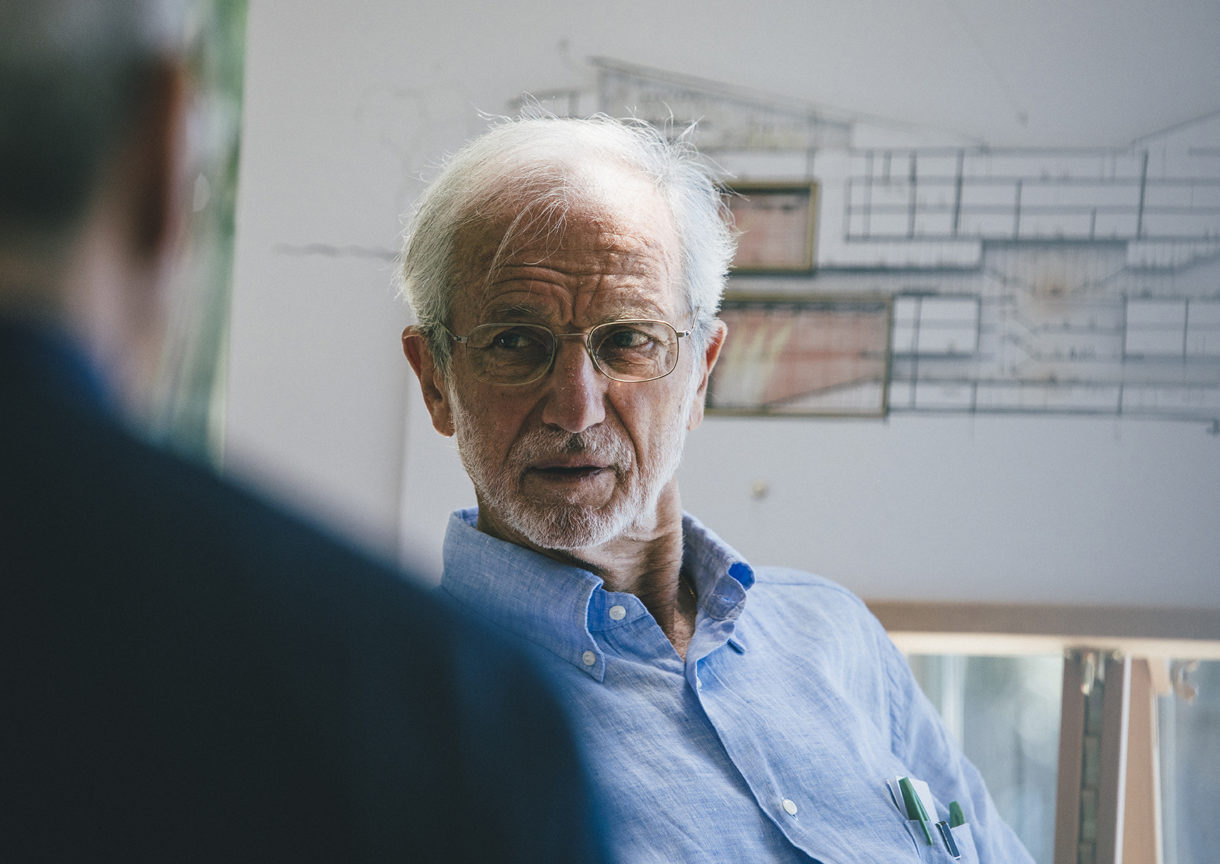
The key to activation is to generate engaging, consistent and immersive narrative experiences; to make your audiences navigate through a series of touch points; and to generate a certain amount of data which can then be analysed in order to detect segment opportunities and retarget potential clients towards a specific objective.
